WDM
WDM (Wavelength Division Multiplexing) technology is the preferred solution for 5G fronthaul networks, which can be divided into DWDM dense wavelength division multiplexing, CWDM coarse wavelength division multiplexing, FWDM filter wavelength division multiplexing, MWDM medium wavelength division multiplexing, and LWDM fine wavelength division multiplexing according to different wavelengths. Among them, CWDM and DWDM are the most common, how much do you know about these 5 WDM wavelength division multiplexing technologies? Let’s follow ETU-LINK and take a look!
CWDM
CWDM (Coarse WDM) is a coarse wavelength division multiplexing technology, facing the access layer of the metropolitan area network, with 18 different wavelength channels, the different wavelengths of each channel are separated by 20nm, the wavelength range is 1270 nm-1610 nm, the wavelength belongs to the band covering the five bands of the single-mode optical fiber system O, E, S, C, L, etc., the CWDM system can improve the transmission capacity of the optical fiber in the construction of the metropolitan area network, improve the utilization rate of optical fiber resources, and thus reduce the operating cost of the network.
DWDM
DWDM (Dense WDM) is a dense wavelength division multiplexing technology with channel spacing of 1.6/0.8/0.4 nm (200 GHz/100 GHz/50 GHz), which combines more wavelengths on the same fiber than CWDM channels that consume 20 nm (15 million GHz) of space each. The current DWDM system can provide 16/20 waves or 32/40 waves of single-fiber transmission capacity, up to 160 waves, so that the transmission capacity of an optical fiber is several times to dozens of times higher than that of single-wavelength transmission, which greatly saves optical fiber resources and reduces line construction costs.
FWDM
FWDM (Filter WDM) is a filter chip wavelength division multiplexing technology, based on mature thin film filter technology, which can combine or separate different wavelengths of light in a wide wavelength range, with wide channel bandwidth, low insertion loss, high channel isolation, high environmental stability and reliability, etc., and is widely used in erbium-doped fiber amplifier (EDFA), Raman fiber amplifier (RFA) and single-mode fiber communication system.
MWDM
MWDM (Metro WDM) is a medium wavelength division multiplexing technology, which reuses the first 6 waves of CWDM, compresses the wavelength interval of 20nm of CWDM to 7nm, and uses TEC (Thermal Electronic Cooler) temperature control technology to expand one wave into two waves. That is to say, the left-right offset of 3.5nm expands to 12 waves, which not only reuses the industrial chain of CWDM, but also meets the requirements of 10km fronthaul distance, which can further save optical fibers while increasing capacity.
LWDM
LWDM (LAN WDM) is a fine wavelength division multiplexing technology, usually refers to a wavelength range dense wavelength division multiplexing technology that uses four-wavelength division multiplexing technology in 100G optical modules, according to the LAN WDM wavelength defined by IEEE 802.3, its channel spacing is 200~800GHz, between DWDM (100GHz, 50GHz) and CWDM (about 3THz), 12 wavelengths from 1269nm to 1332nm in the O-band (1260nm~1360nm) range are used, and the working wavelength is characterized by zero dispersion, small dispersion, good stability, and wavelength spacing of 4nm, mainly covering 10km.



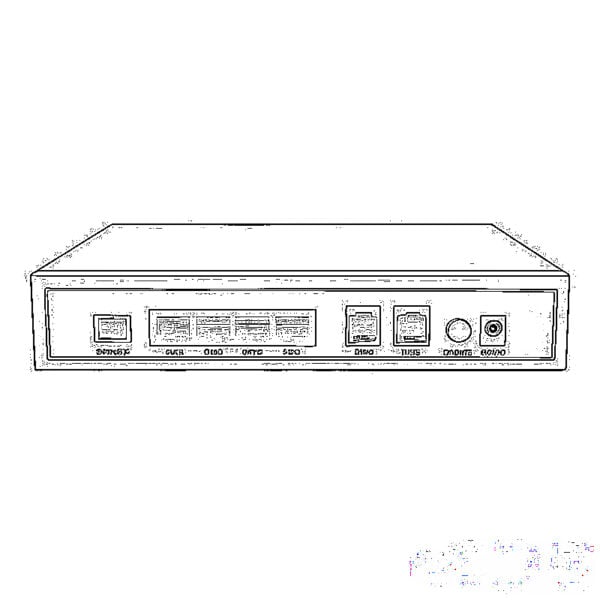
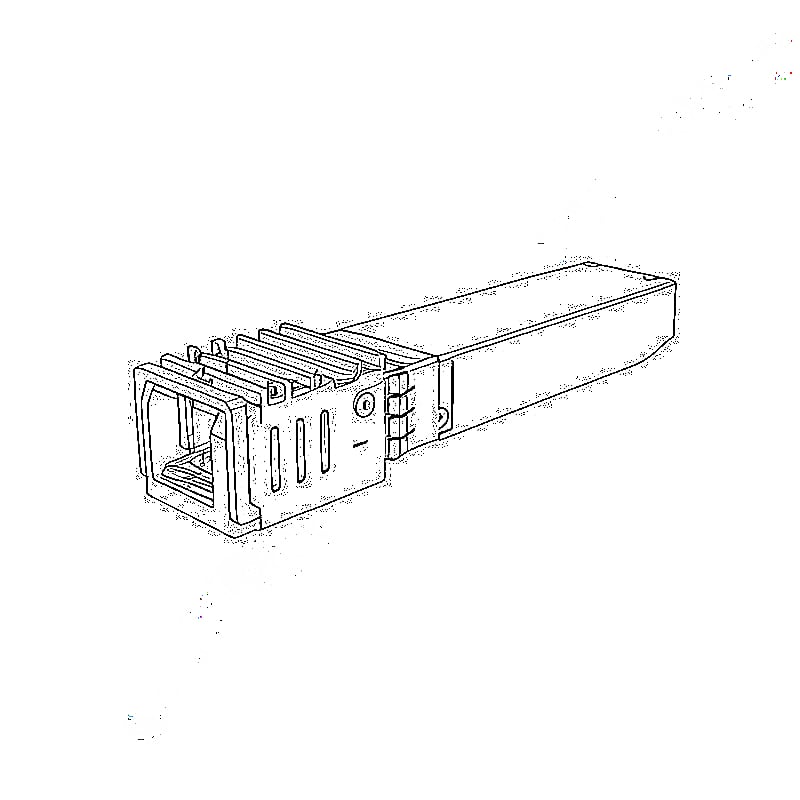
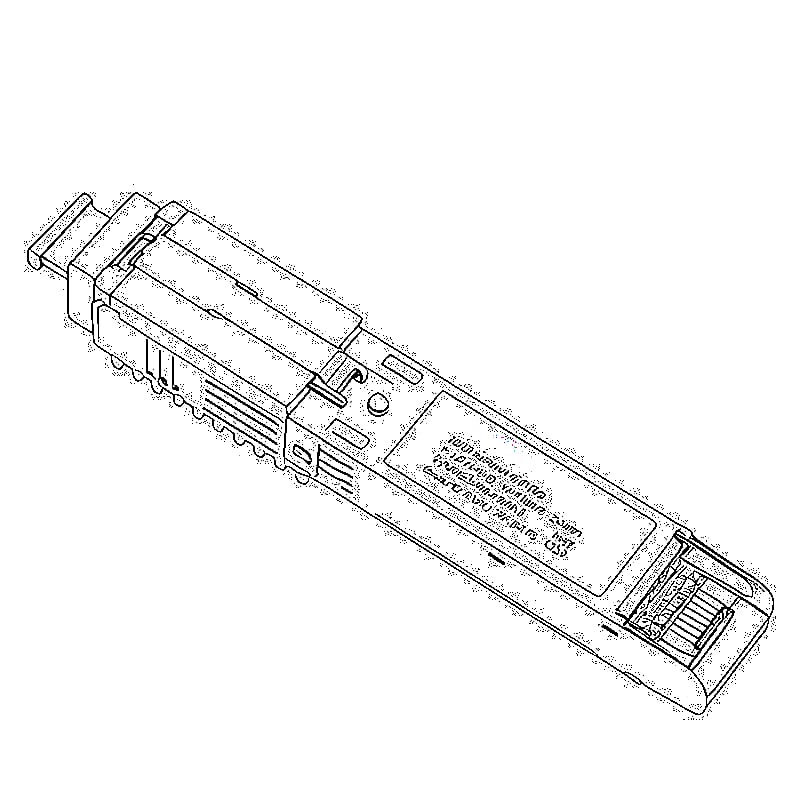
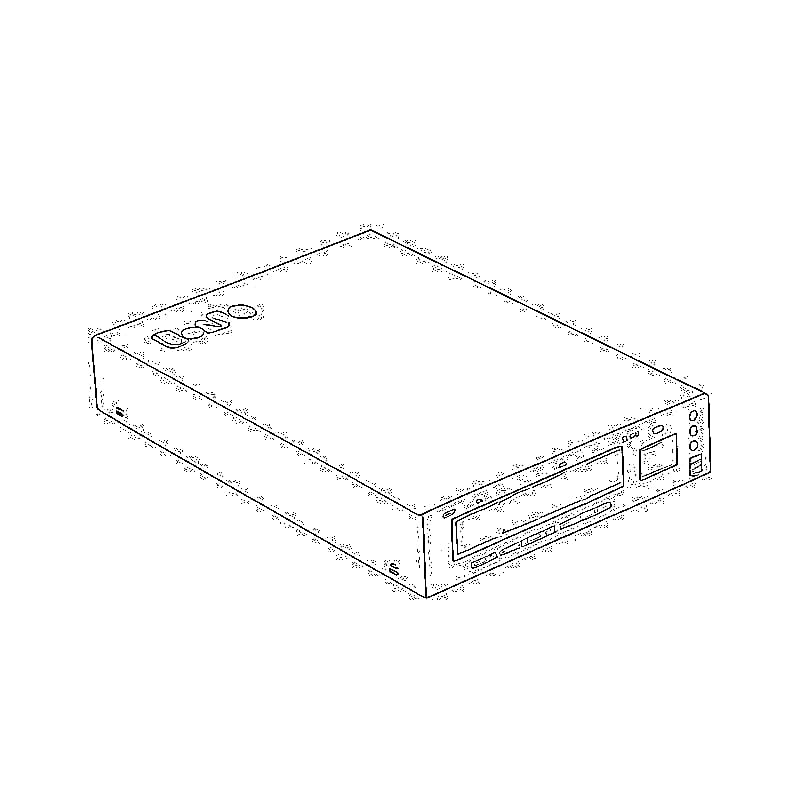
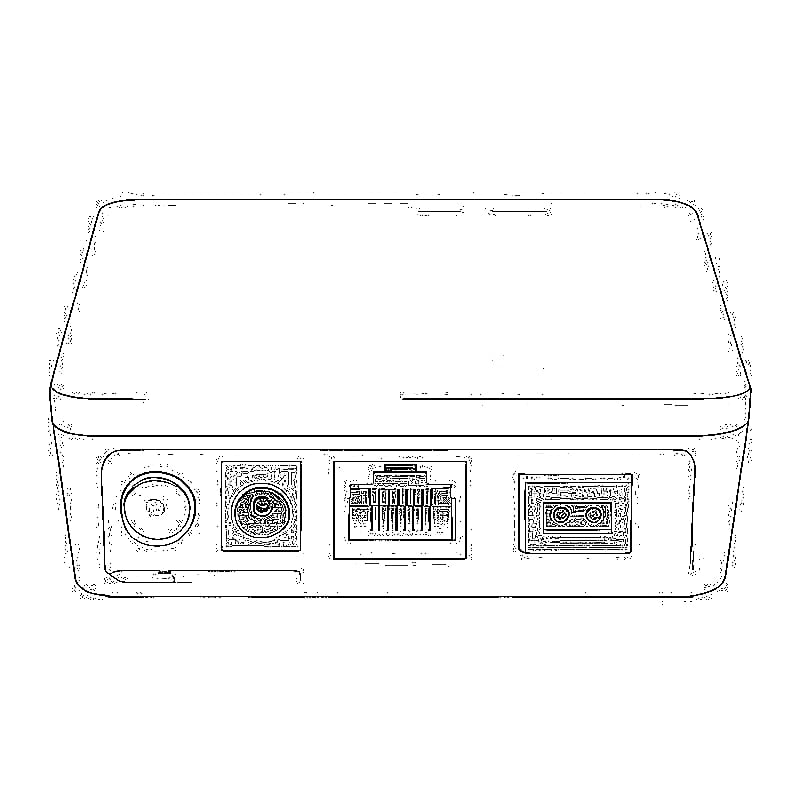
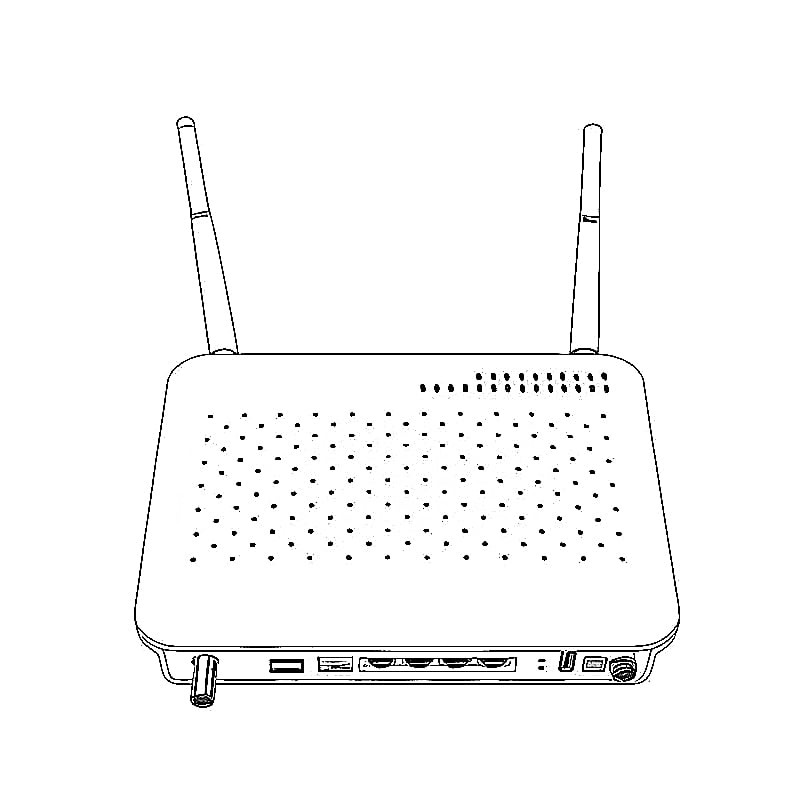
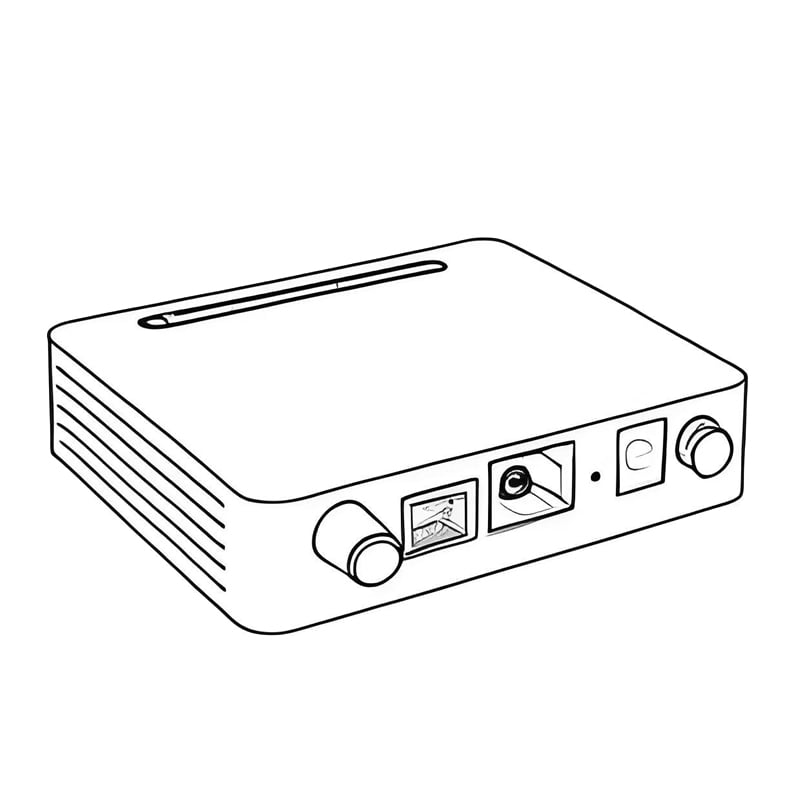
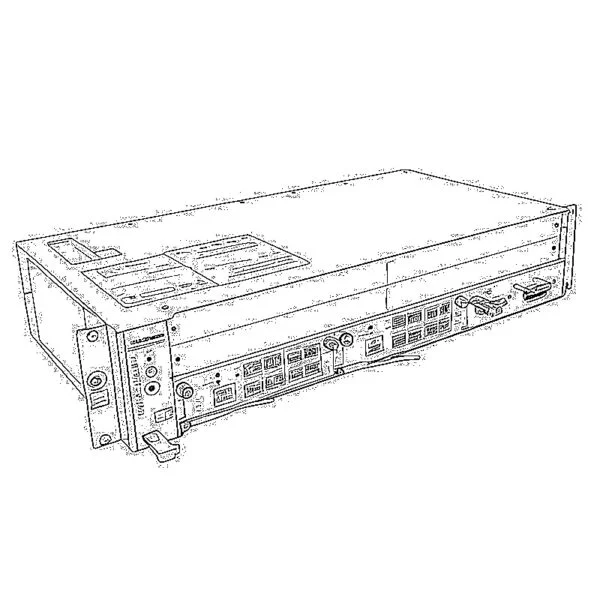
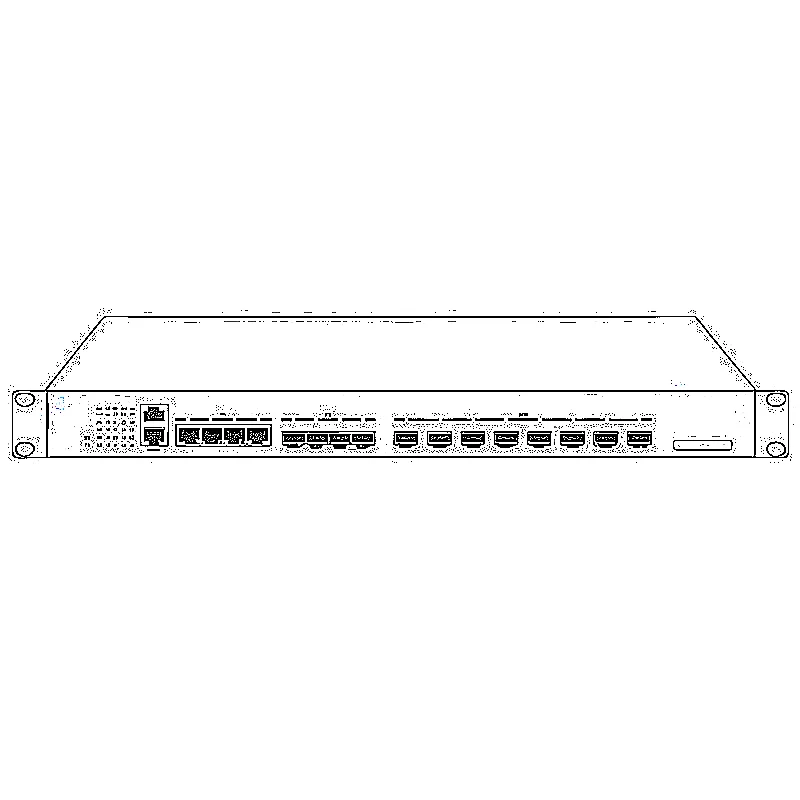
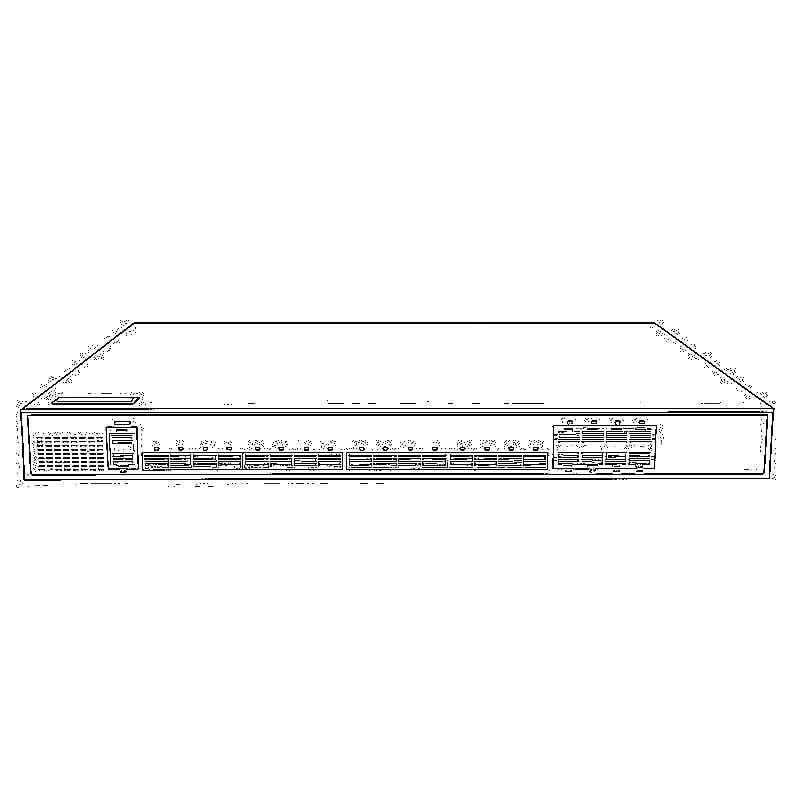
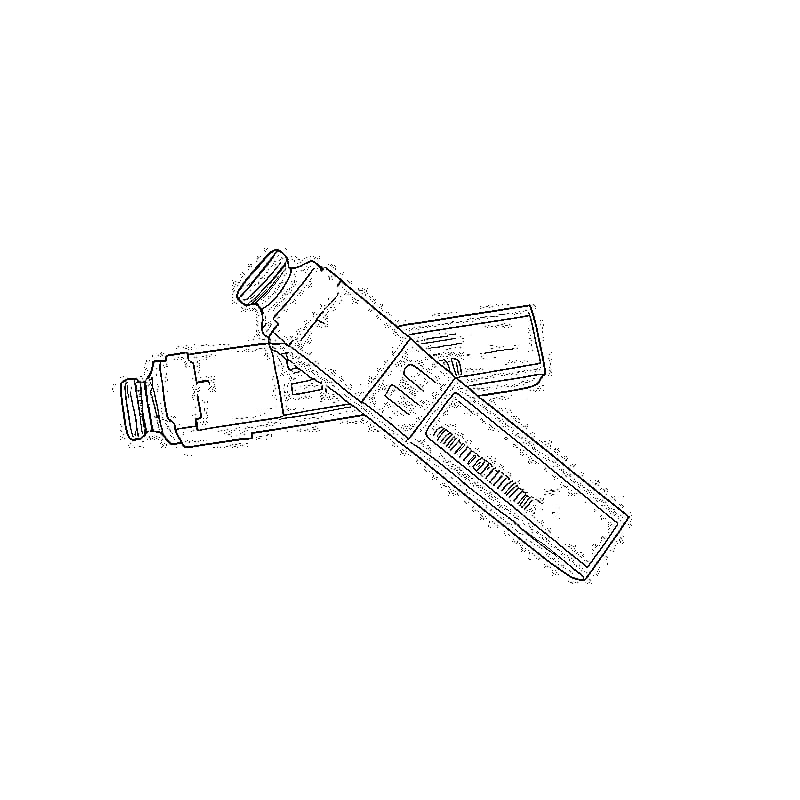
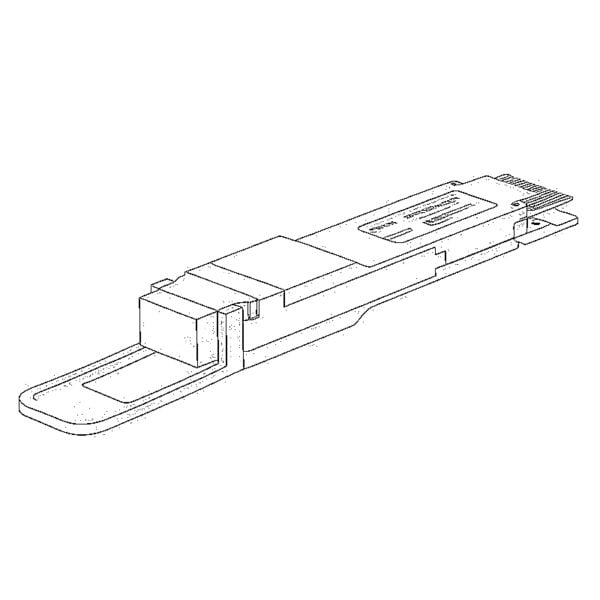
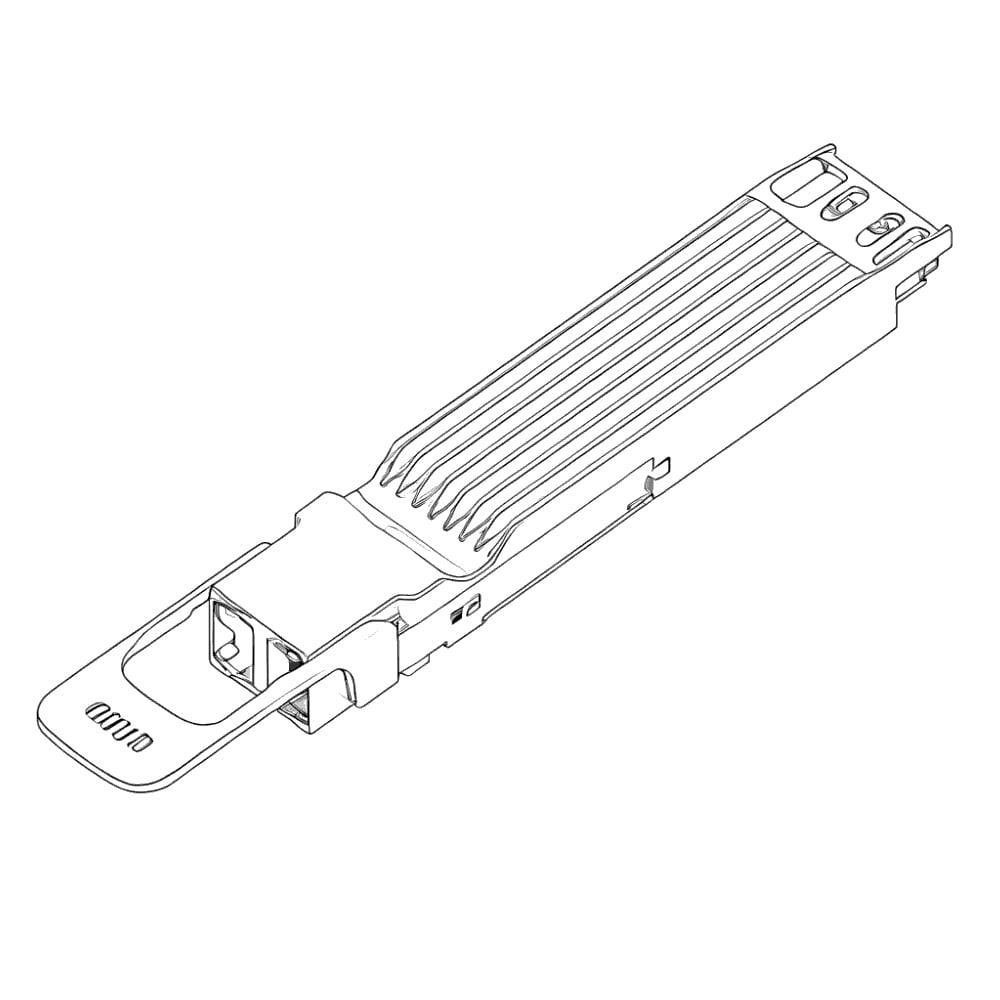
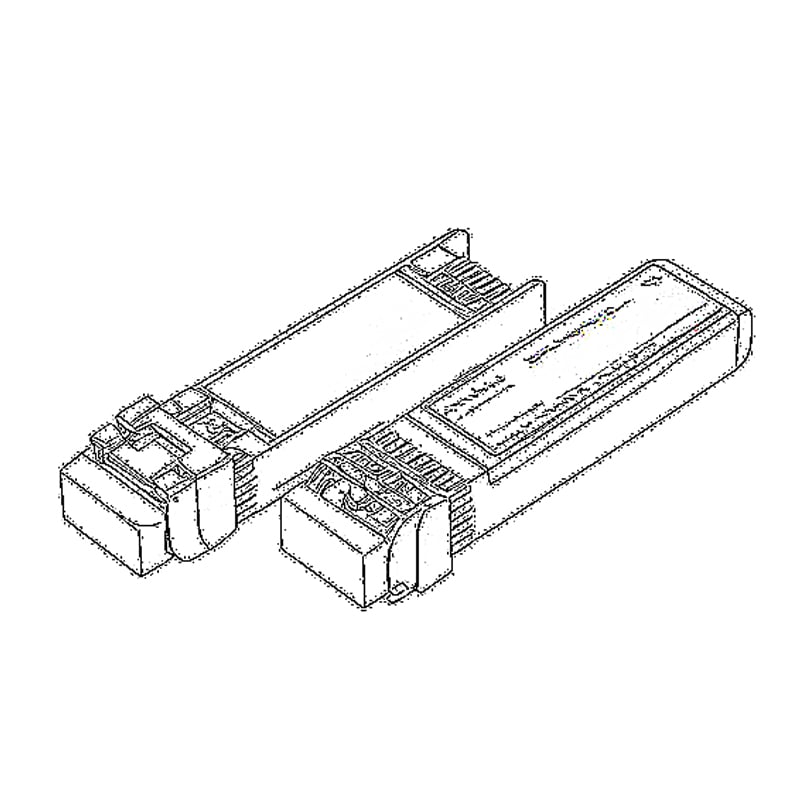
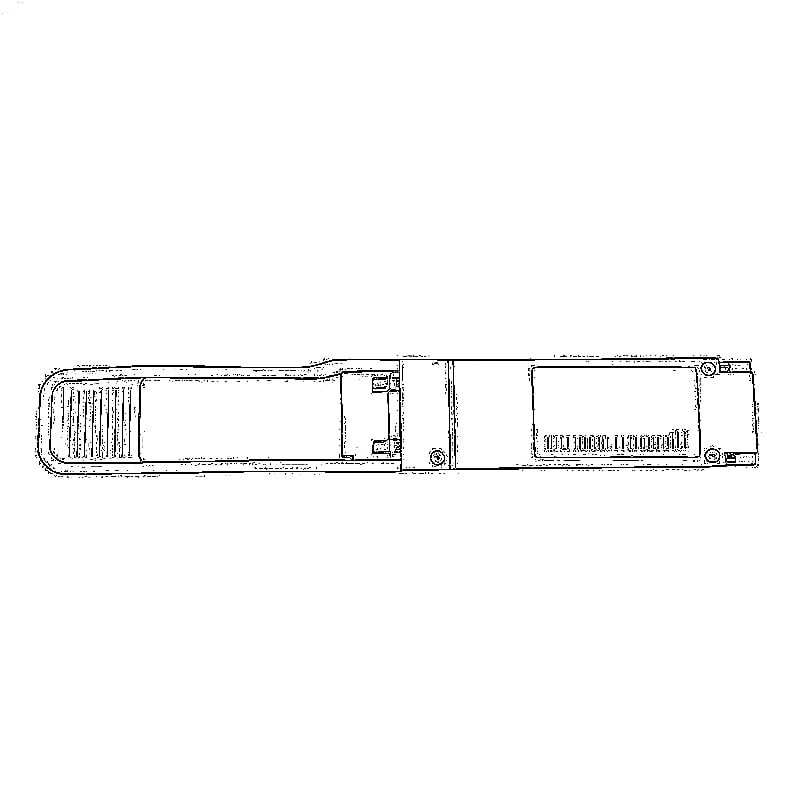
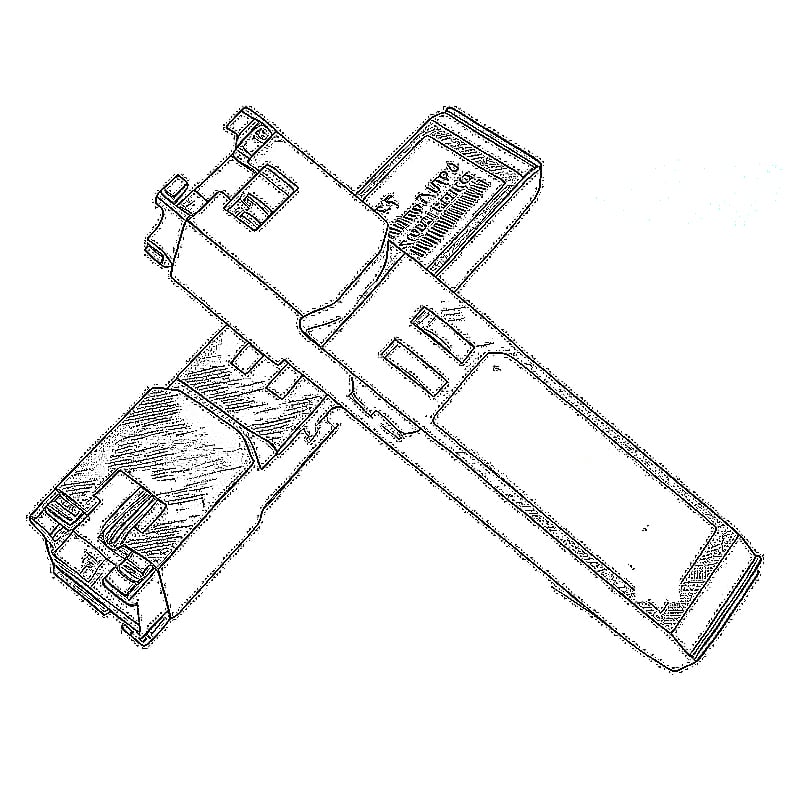
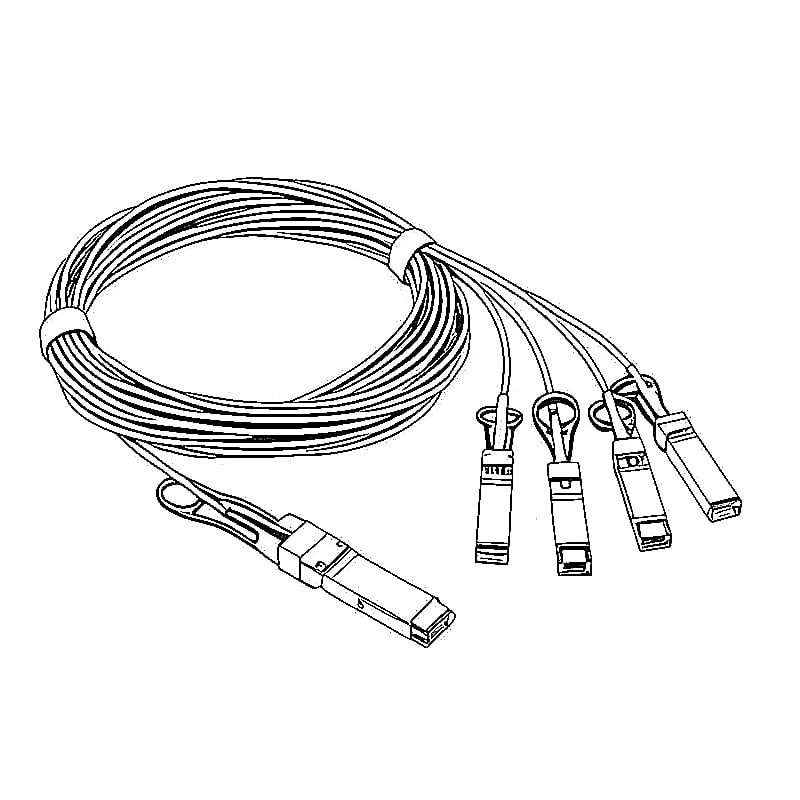
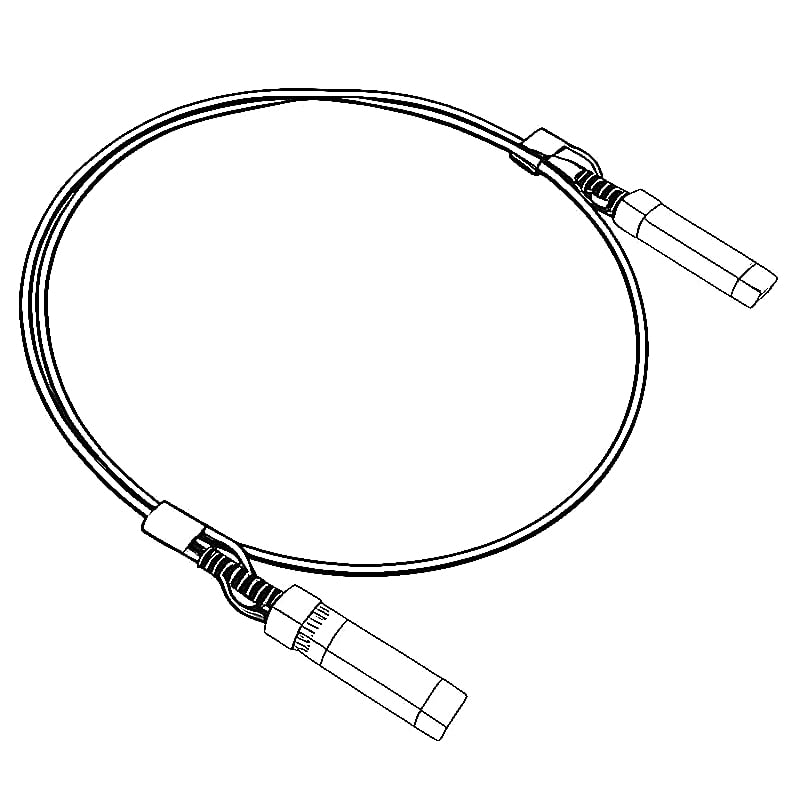
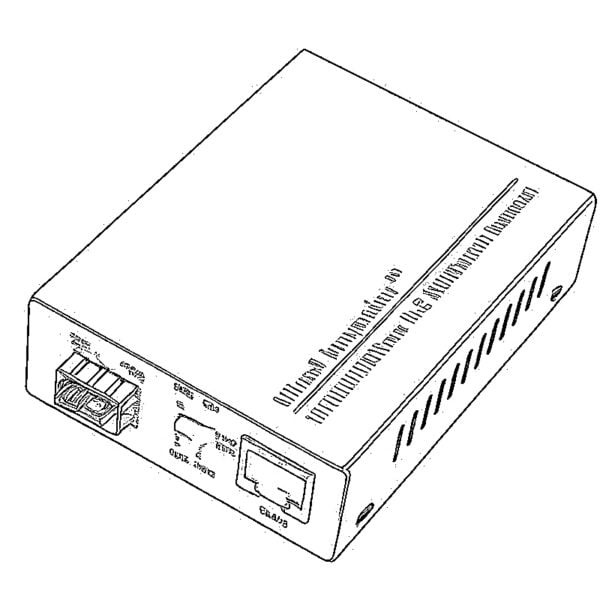
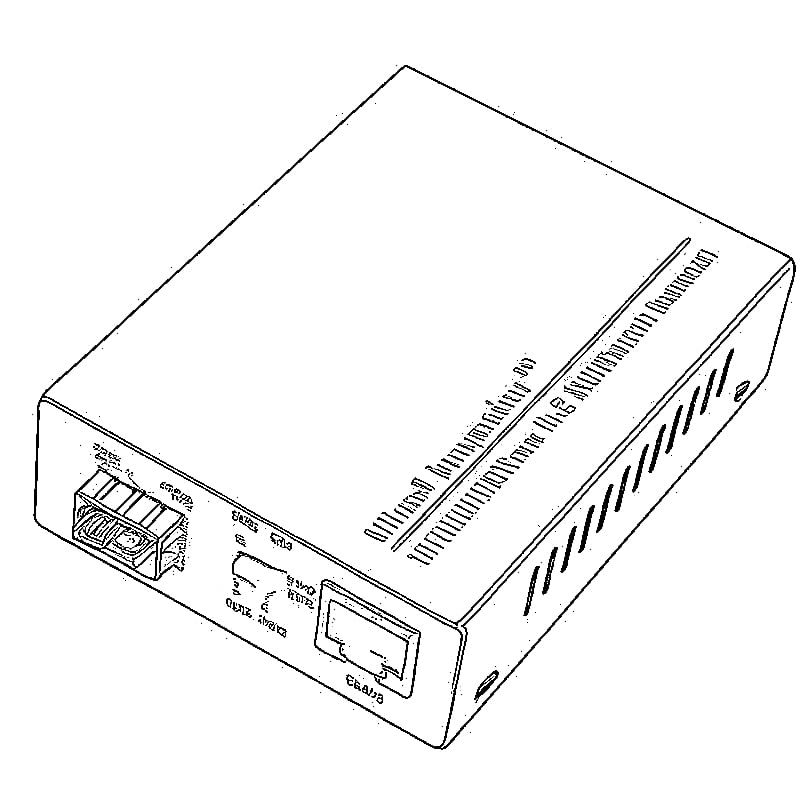
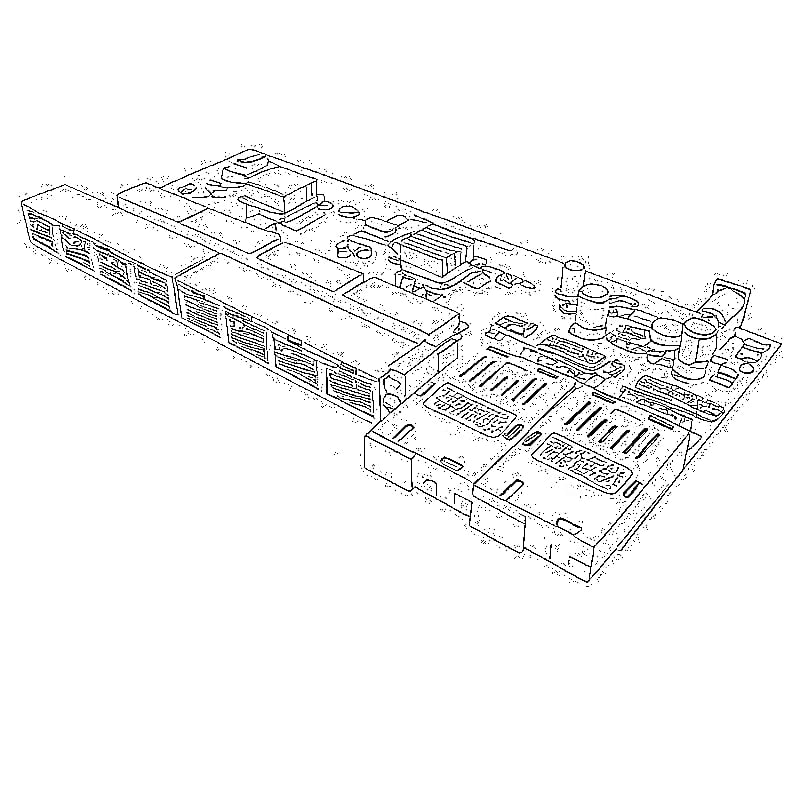
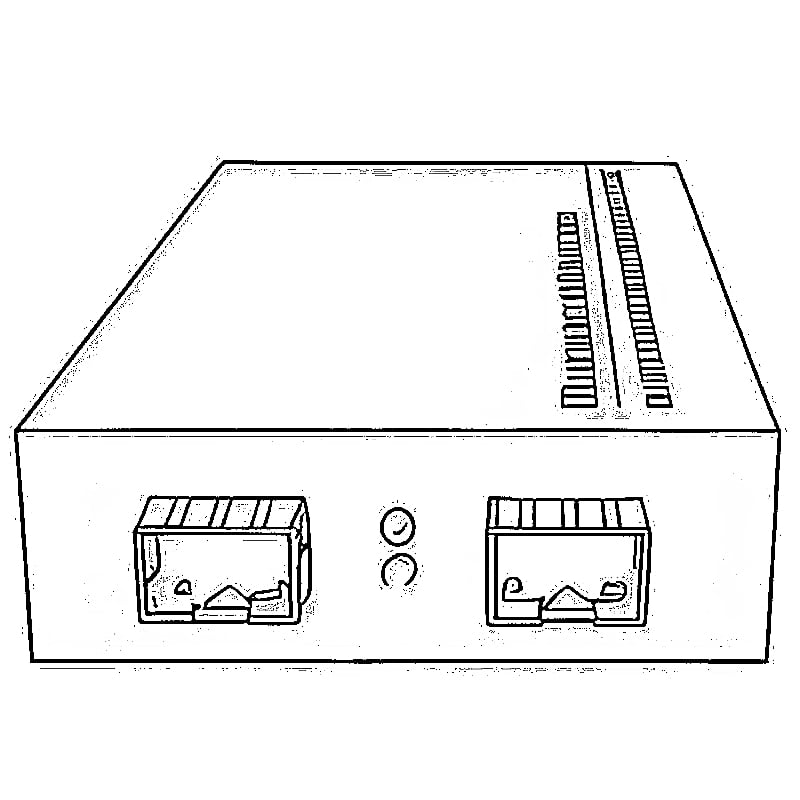
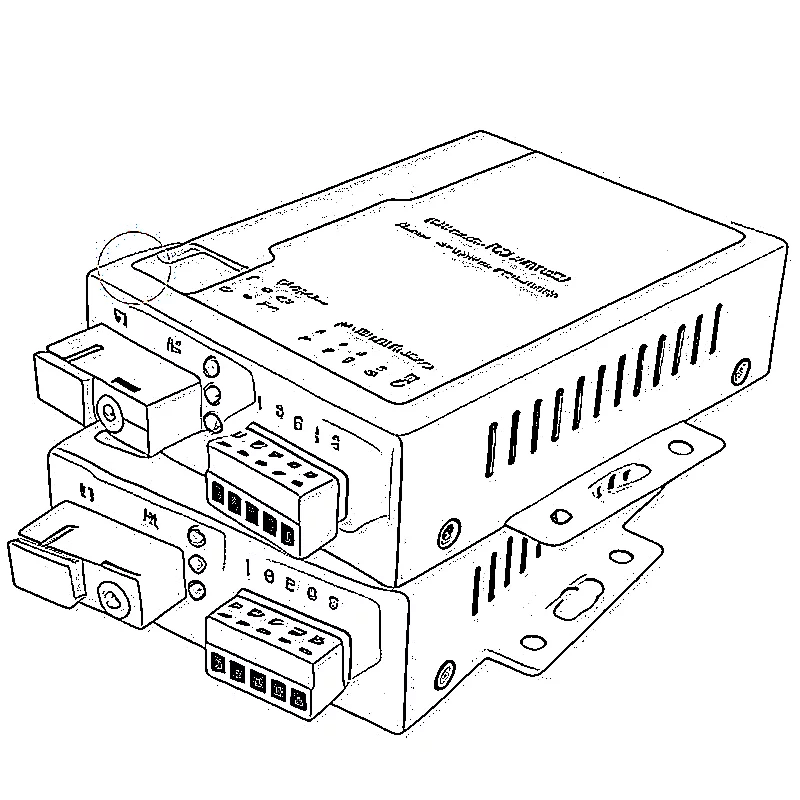
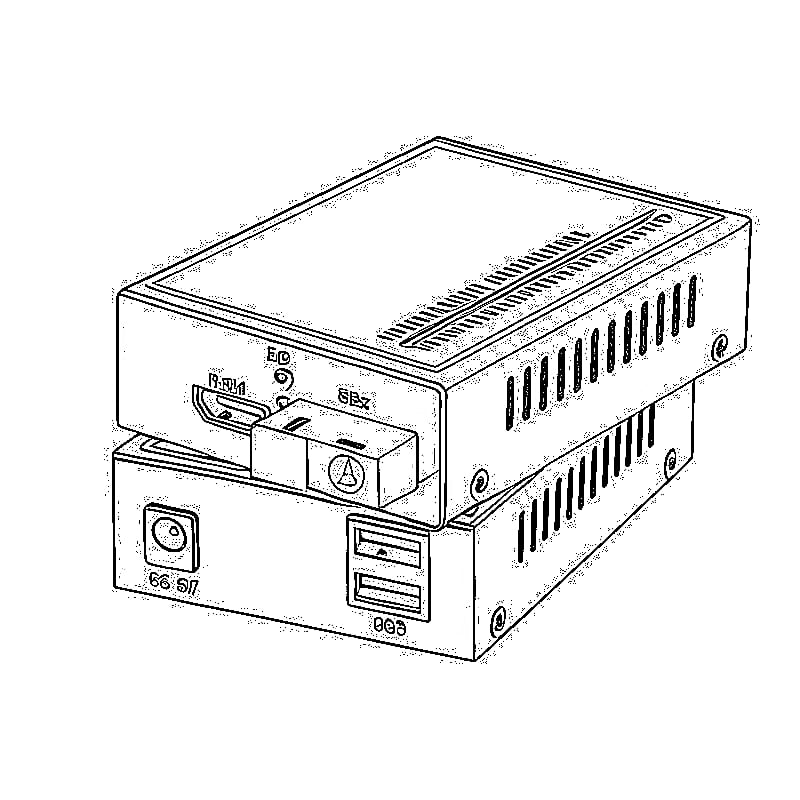
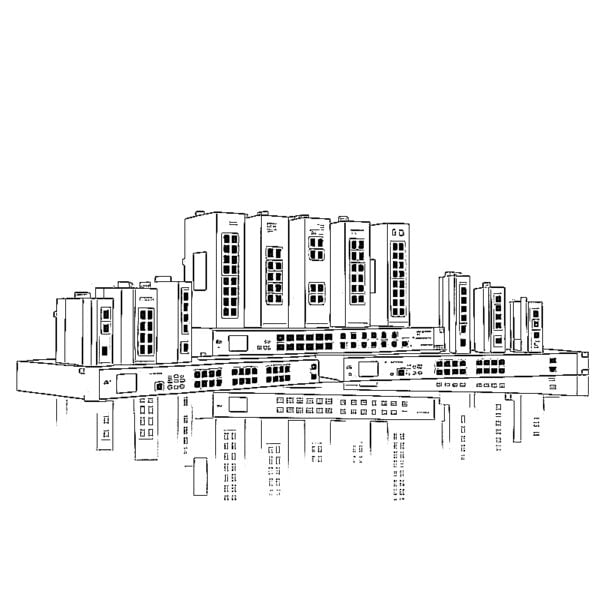
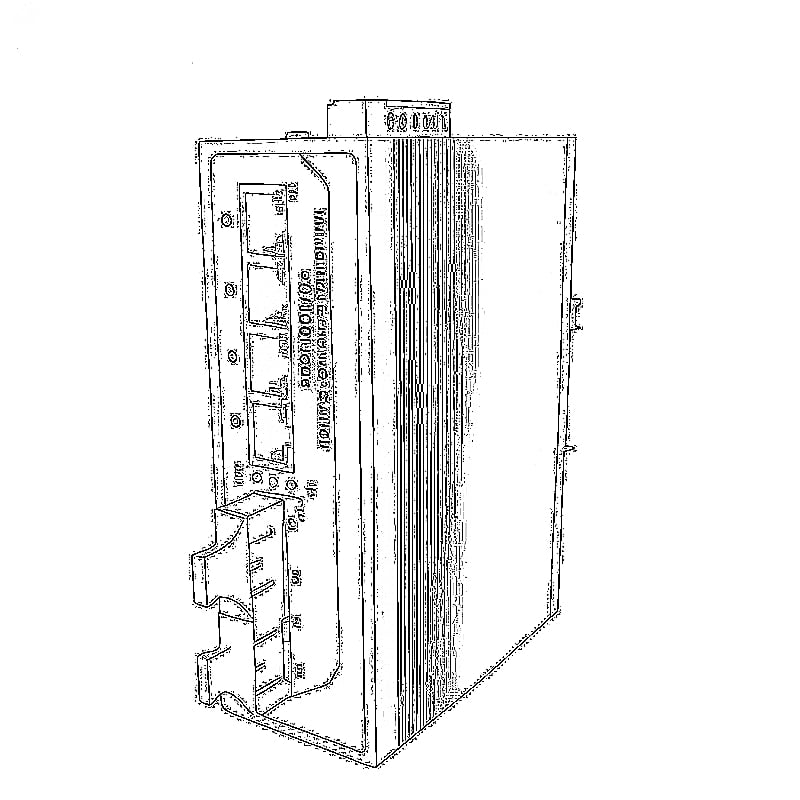
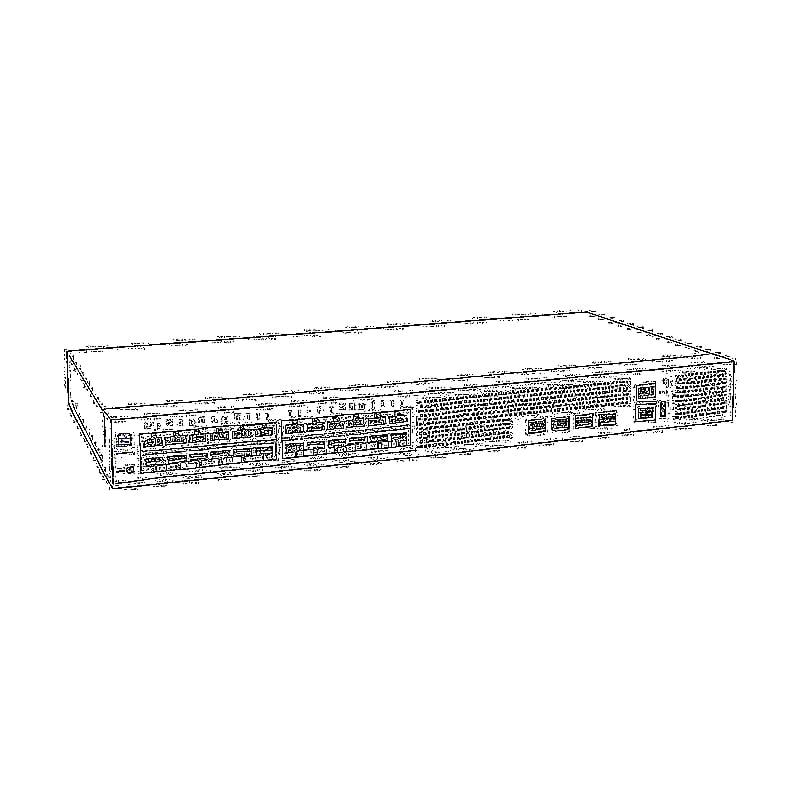
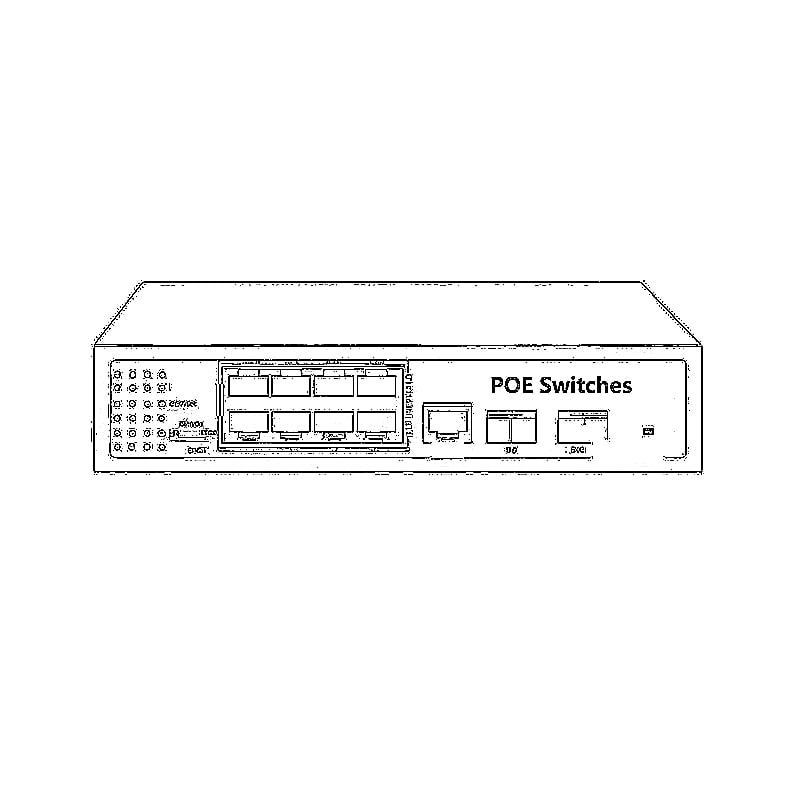
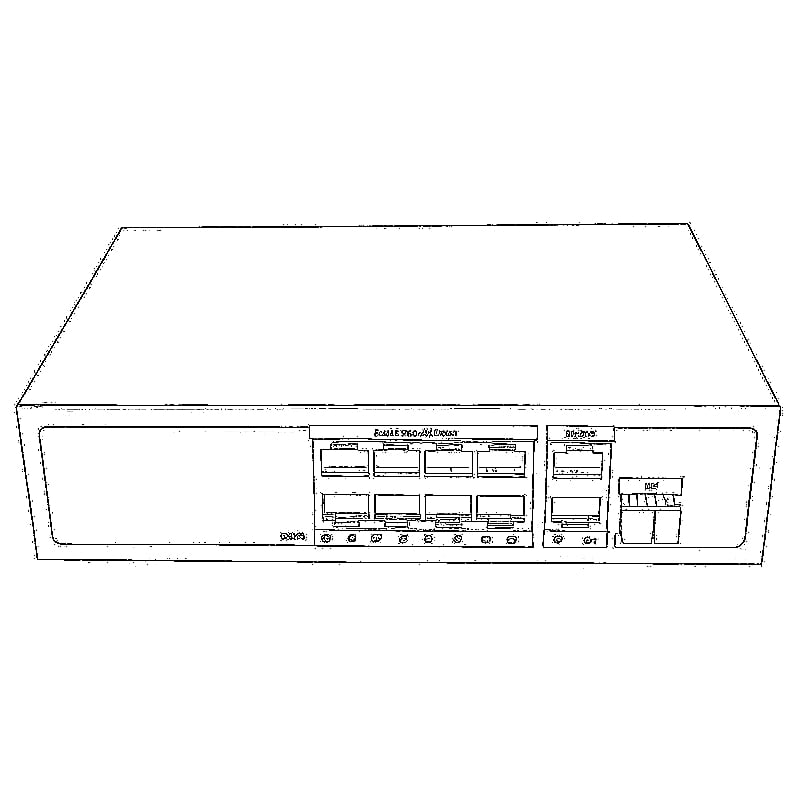
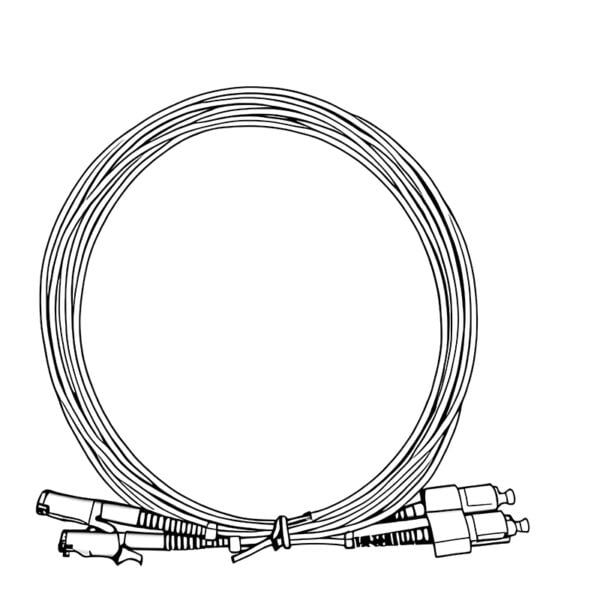
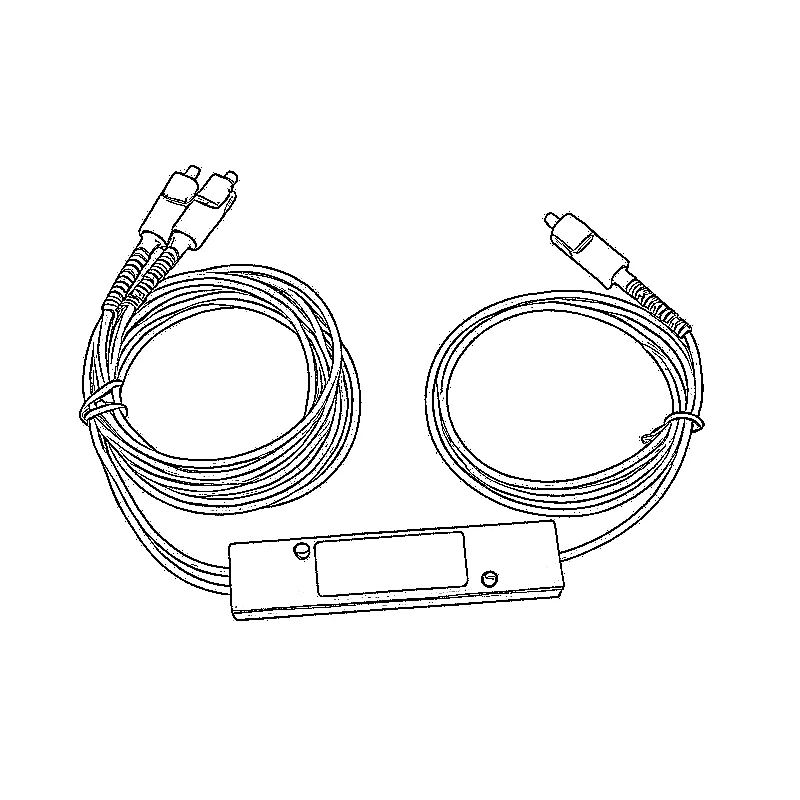
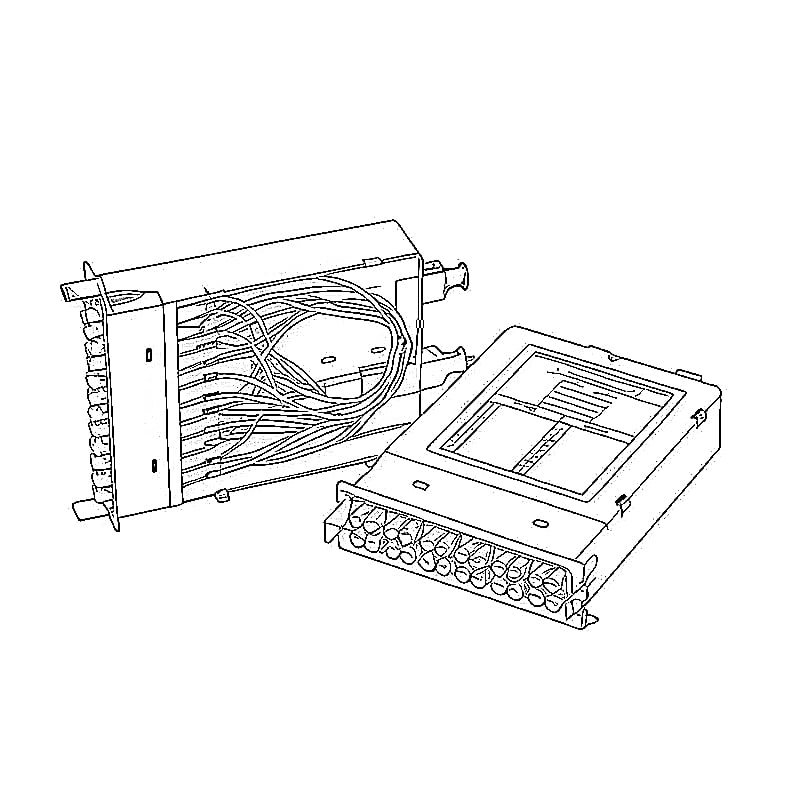
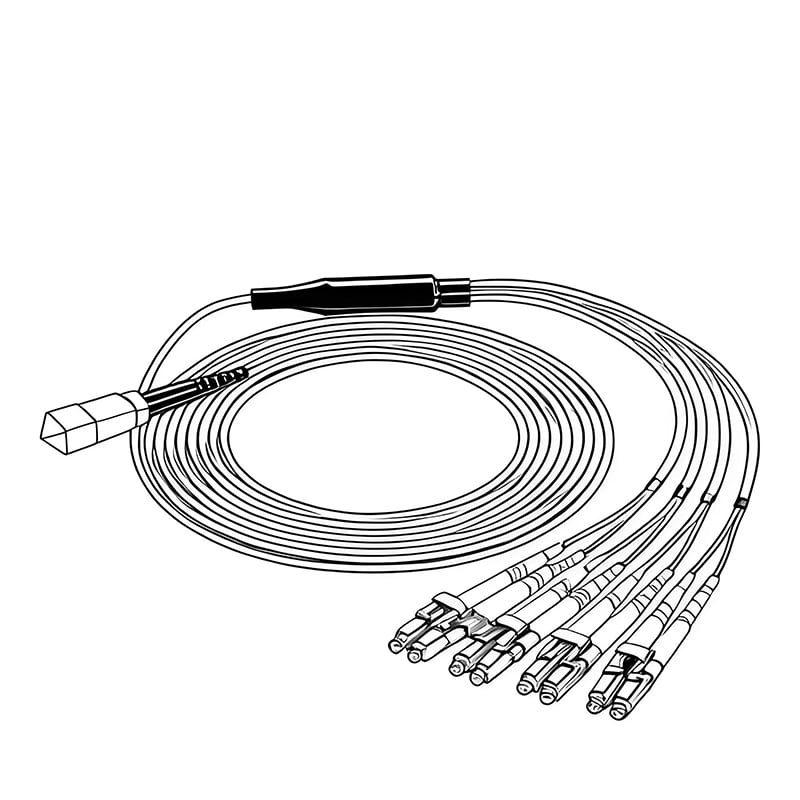
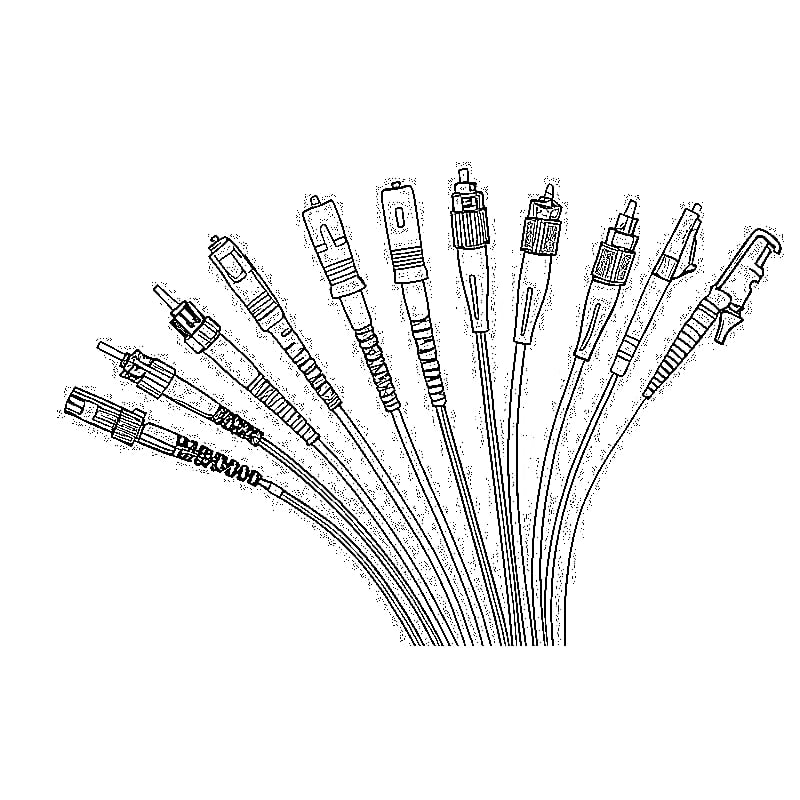
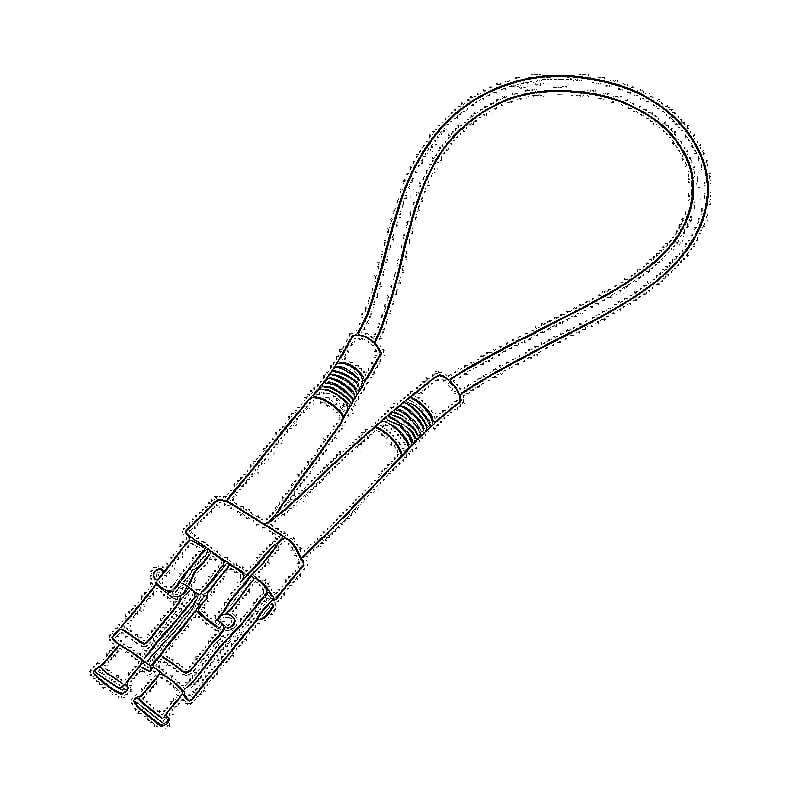
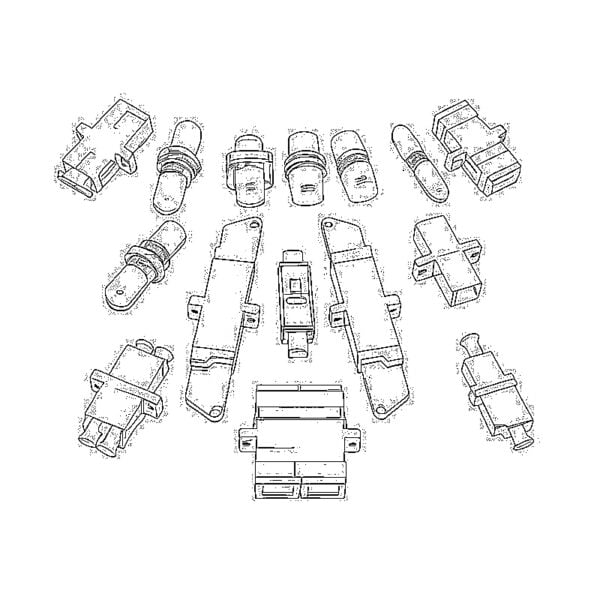
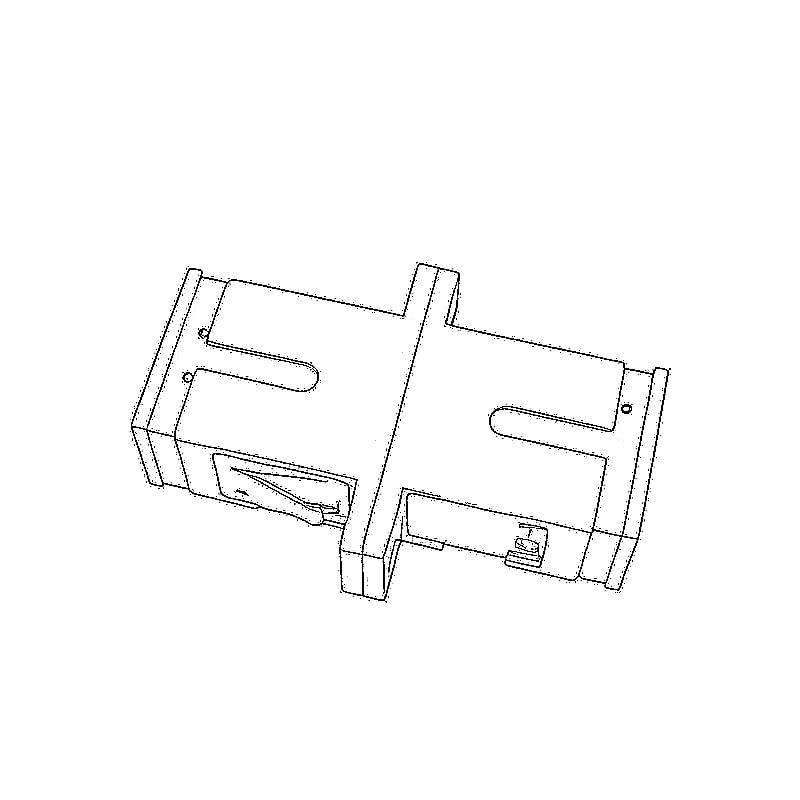
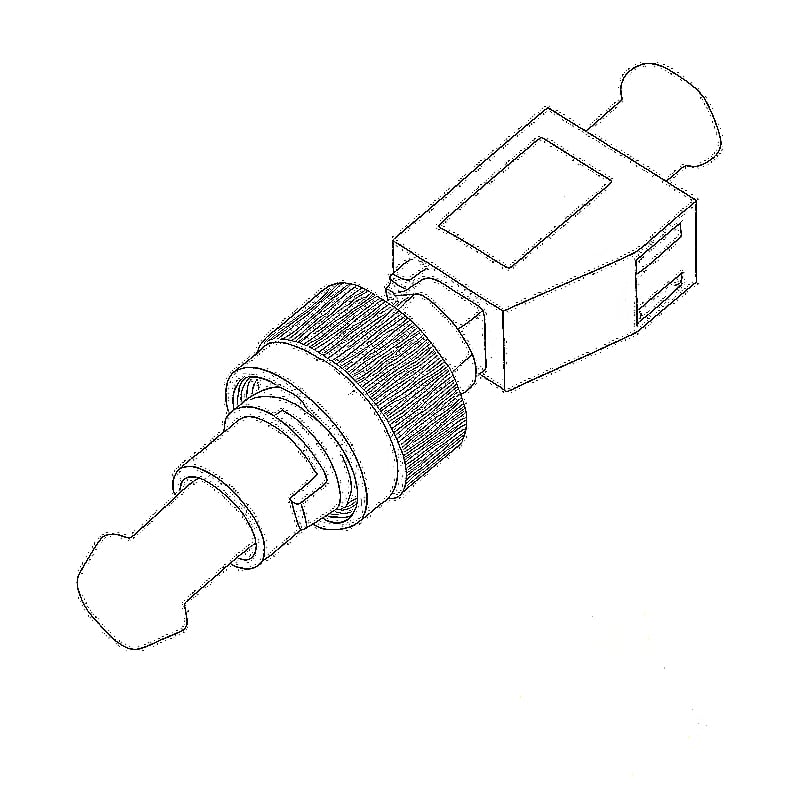
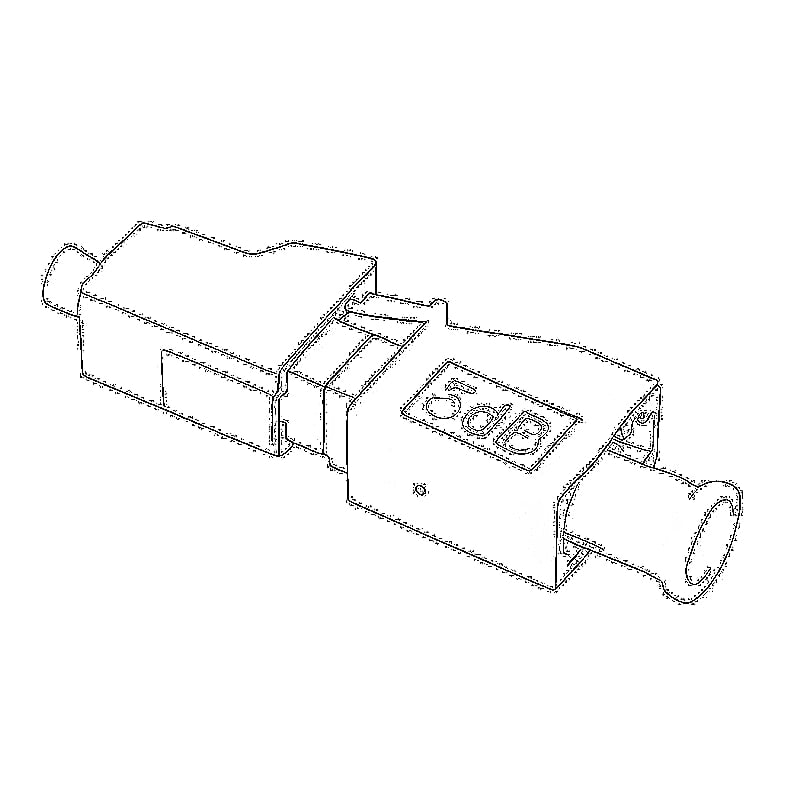
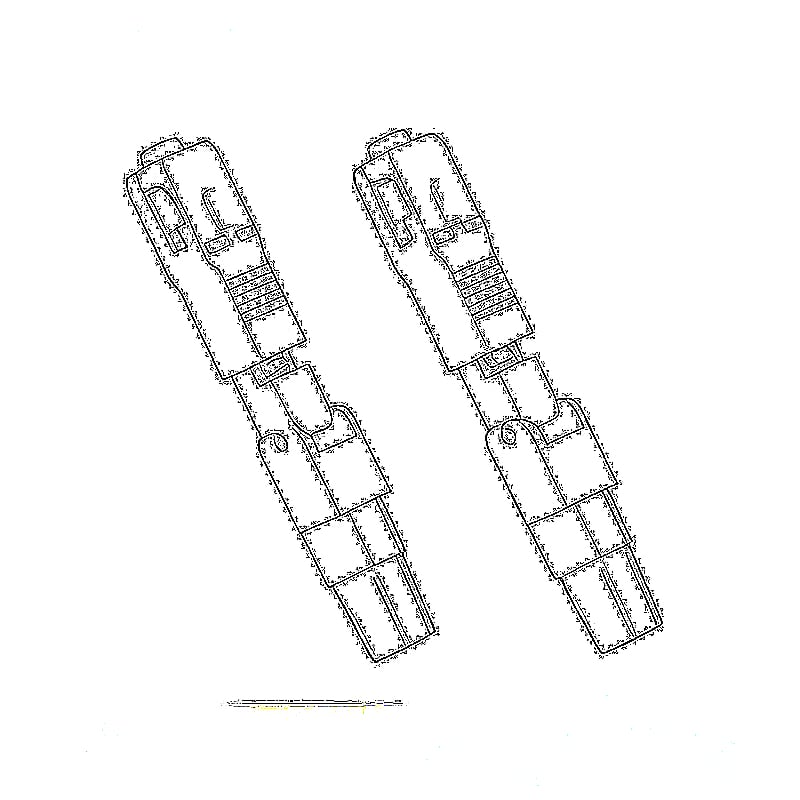
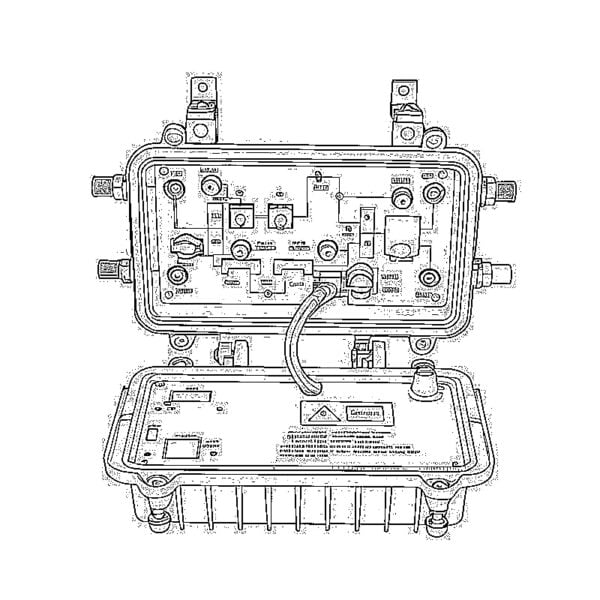
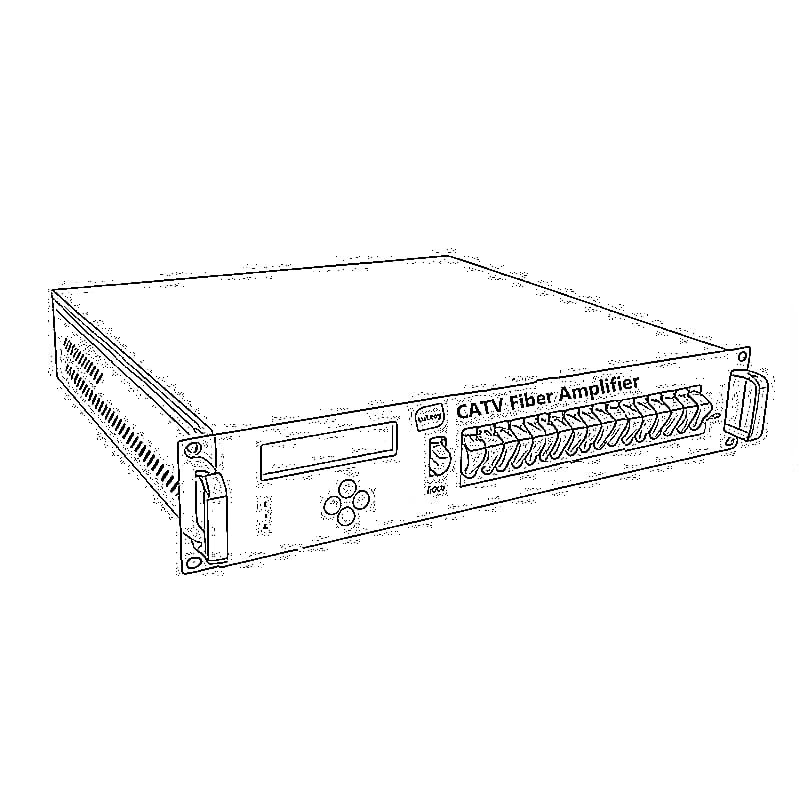
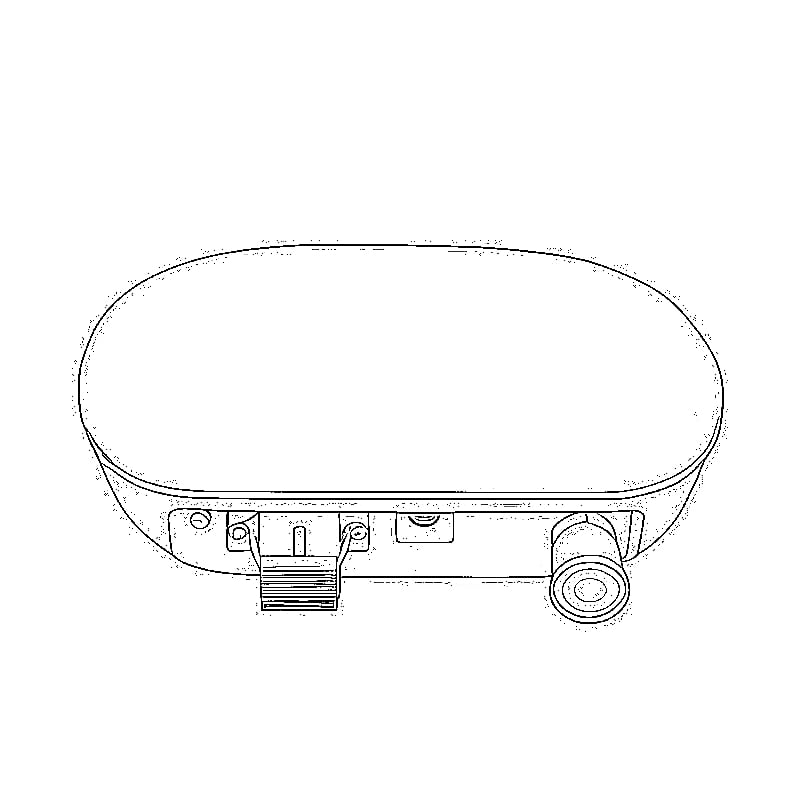
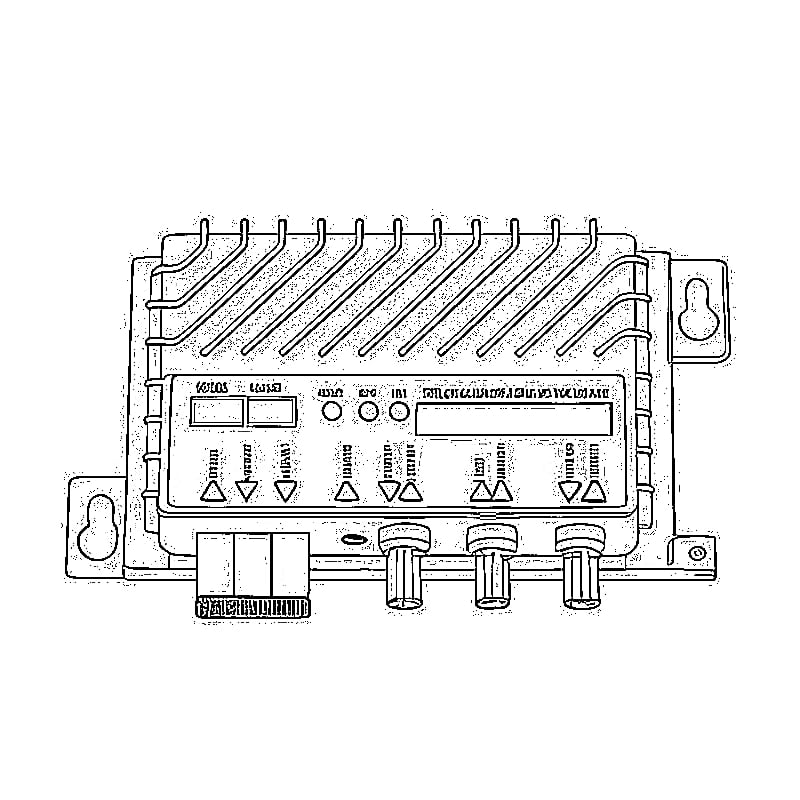

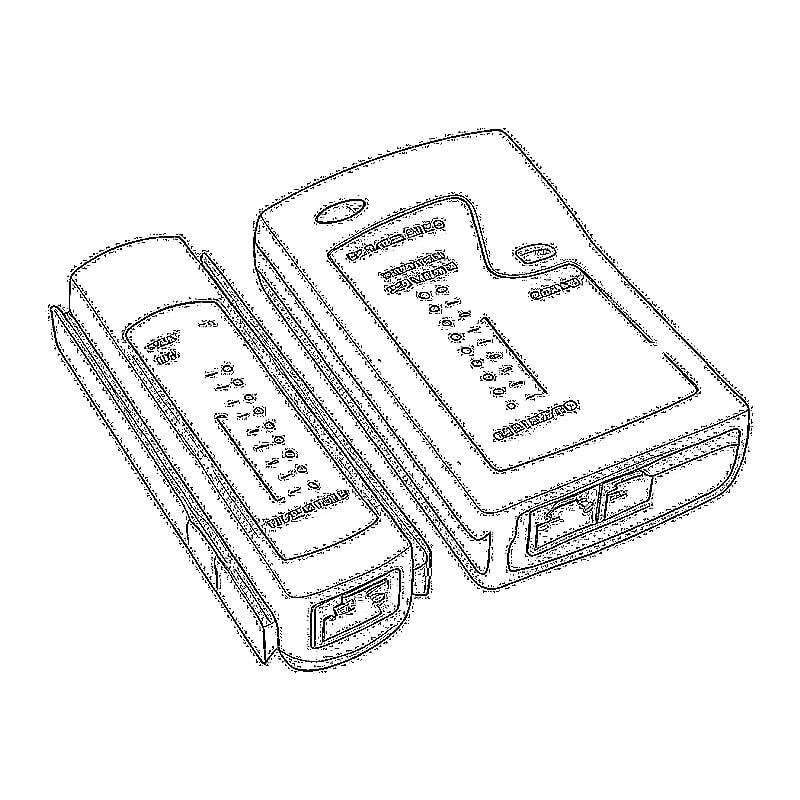
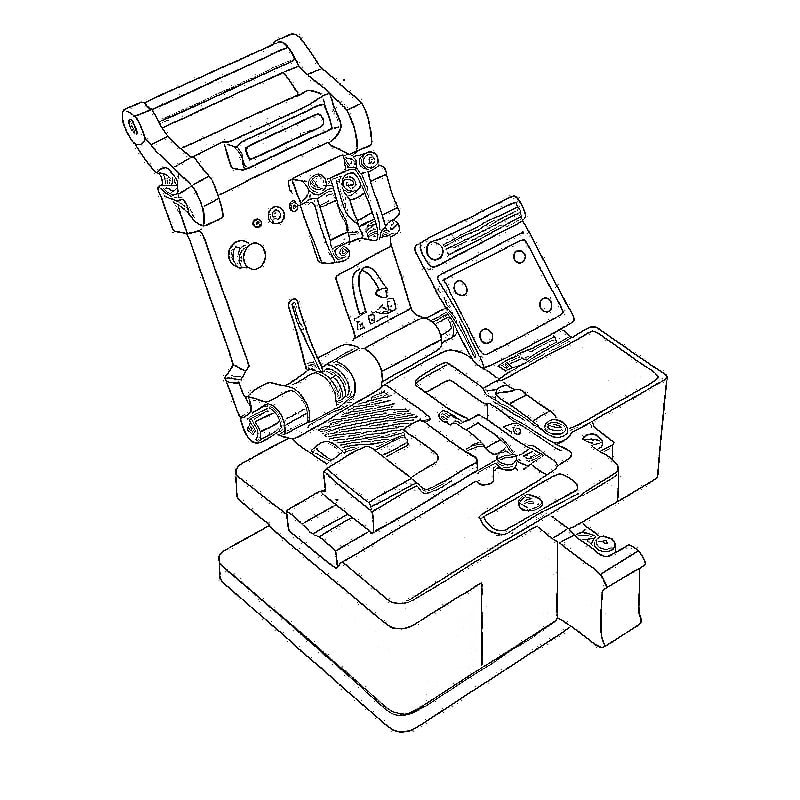
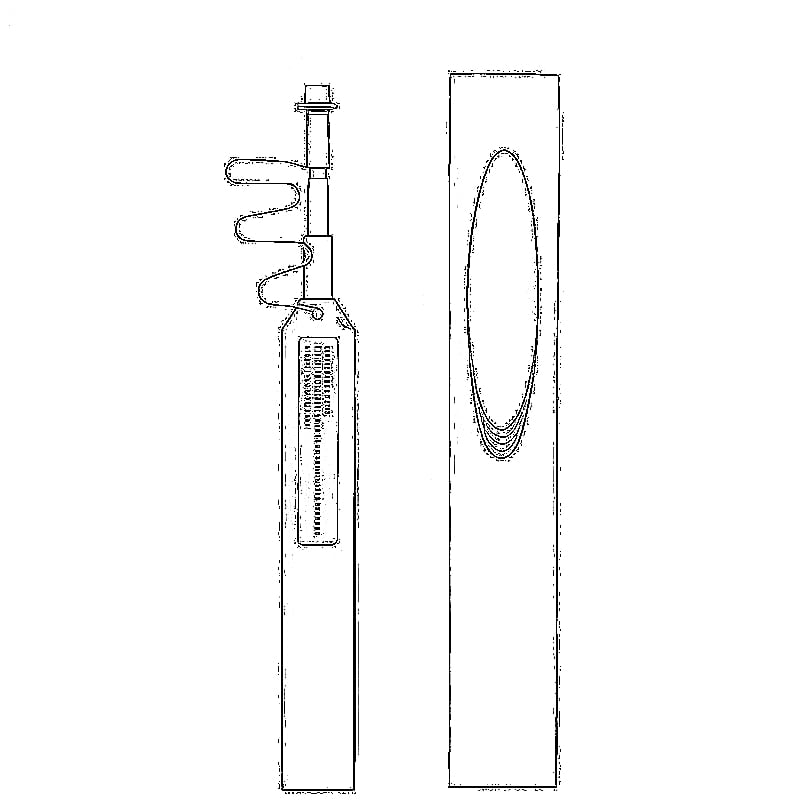
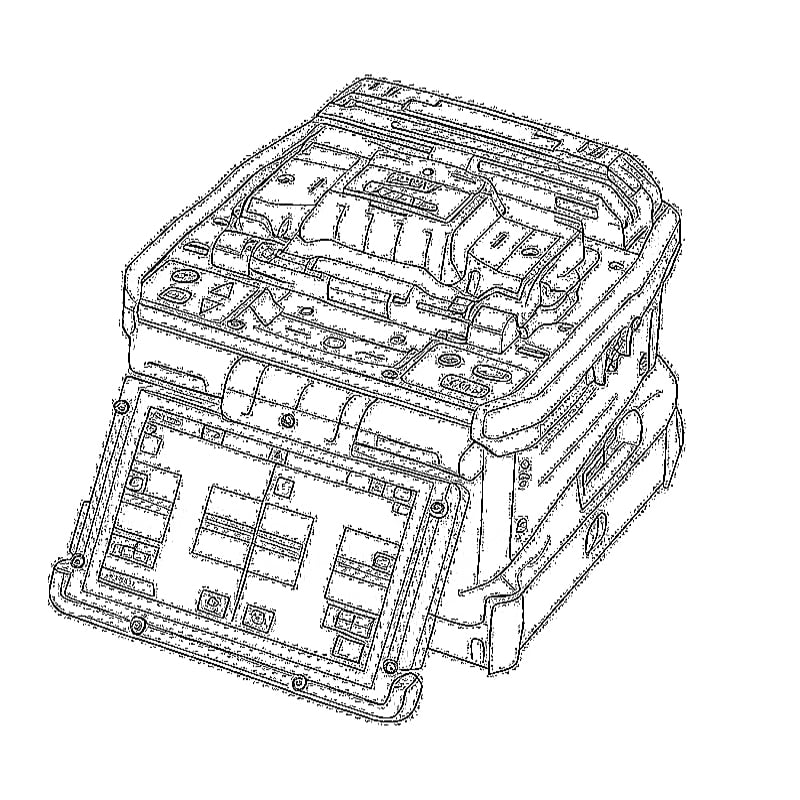
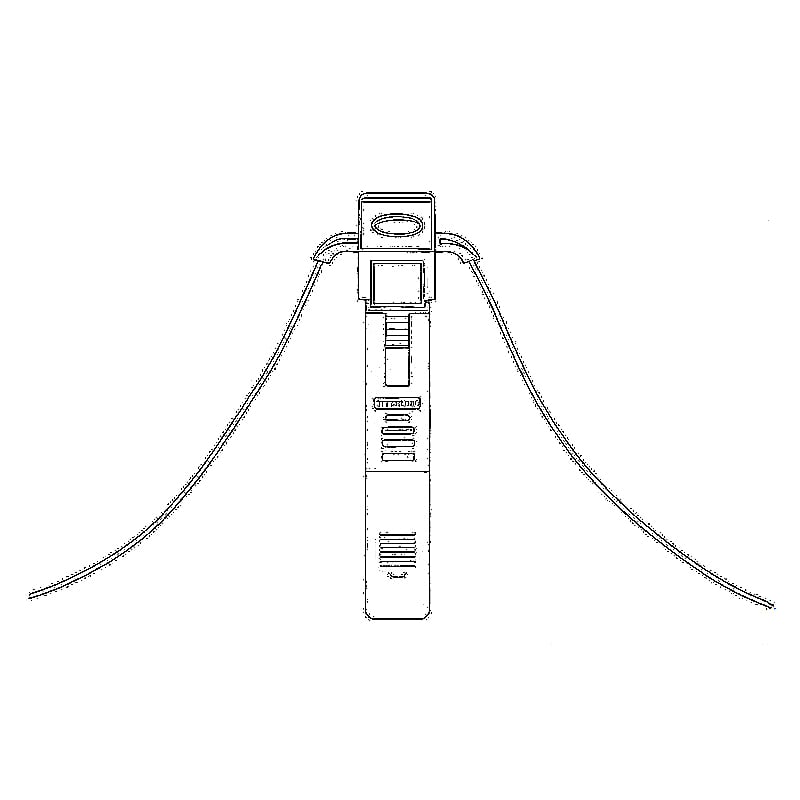
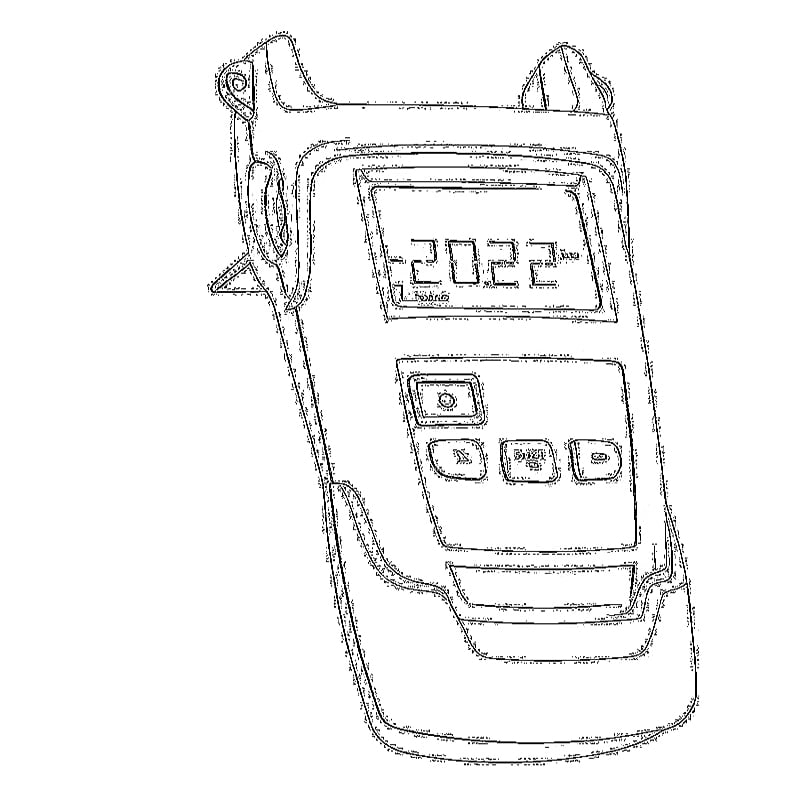
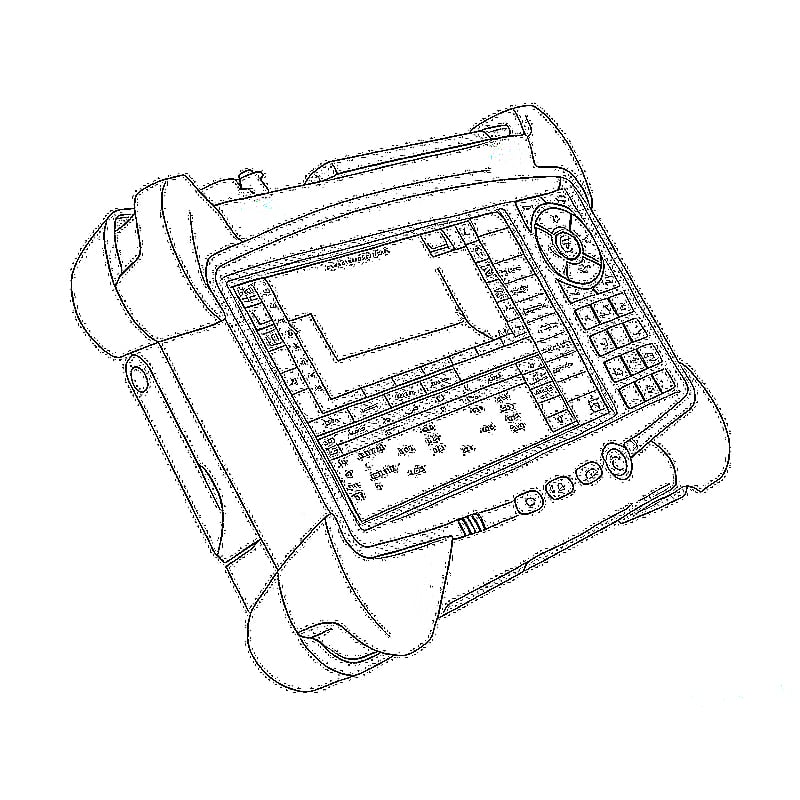
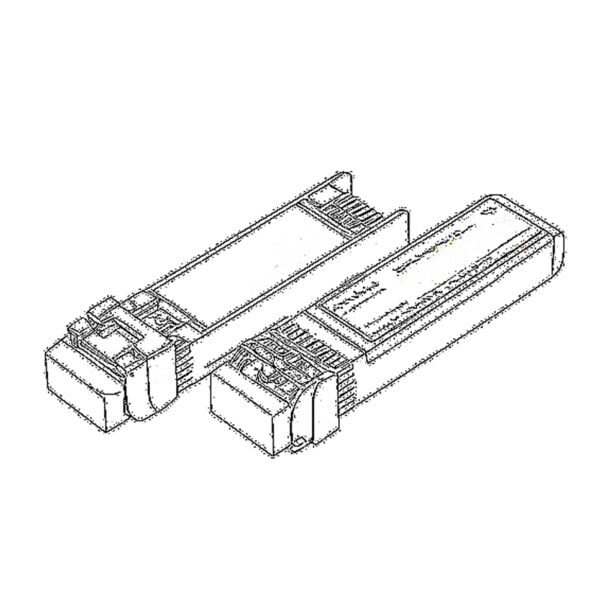 SFP/SFP+ (1G/2.5G/5G/10G)
SFP/SFP+ (1G/2.5G/5G/10G)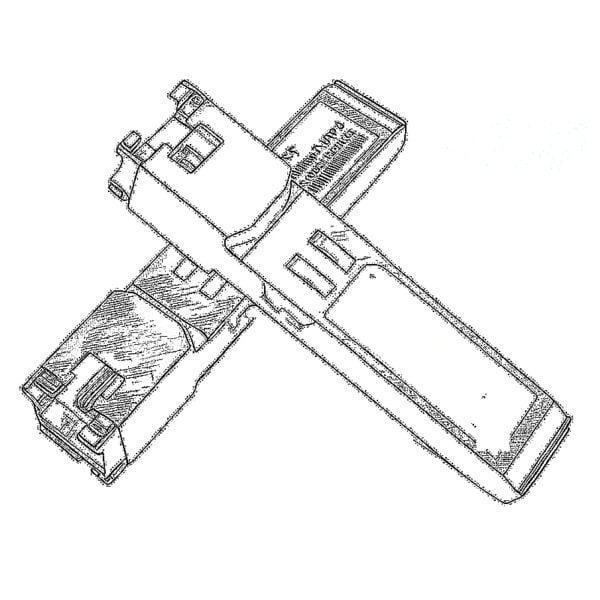 SFP-T (1G/2.5G/10G)
SFP-T (1G/2.5G/10G)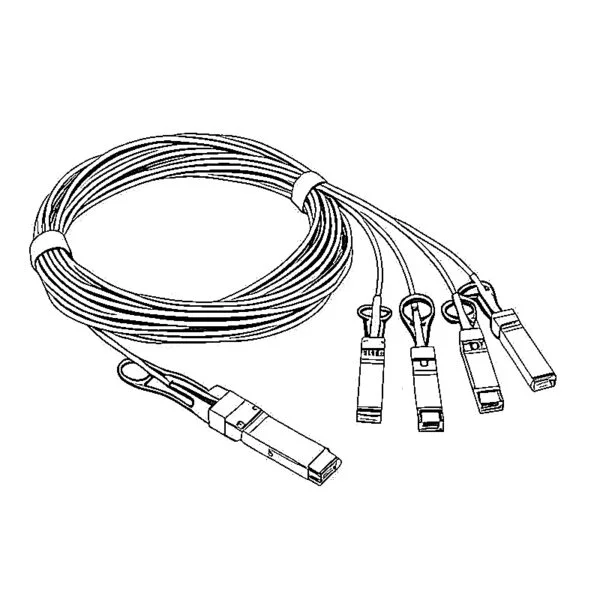 AOC Cable 10G/25G/40G/100G
AOC Cable 10G/25G/40G/100G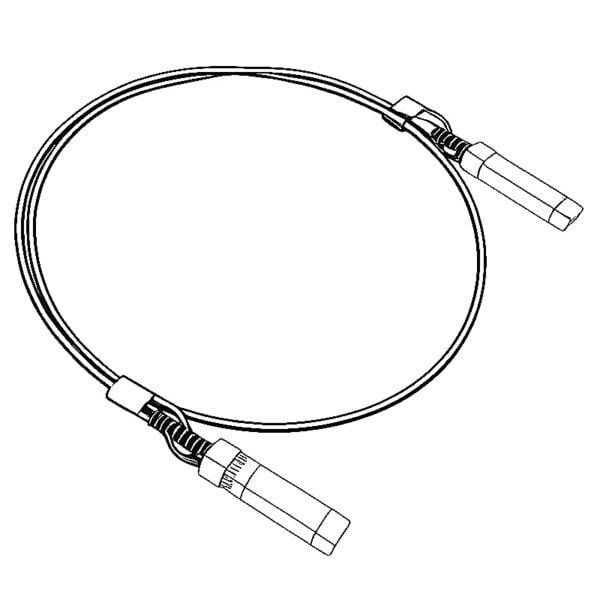 DAC Cable 10G/25G/40G/100G
DAC Cable 10G/25G/40G/100G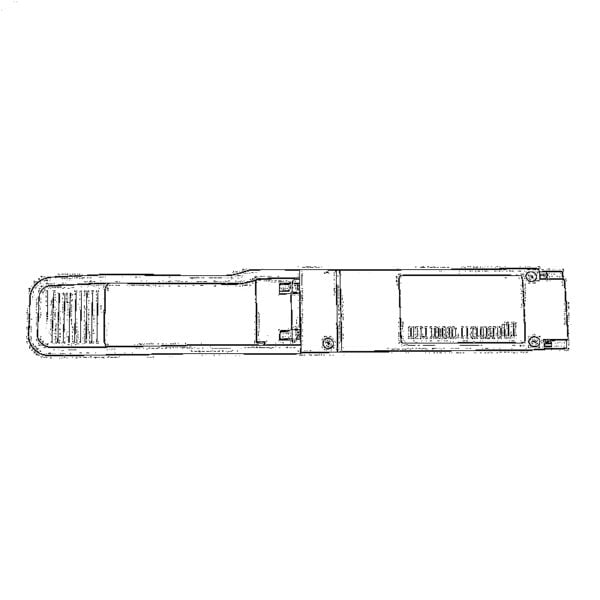 QSFP28 QSFP+ SFP28 100G/40G/25G
QSFP28 QSFP+ SFP28 100G/40G/25G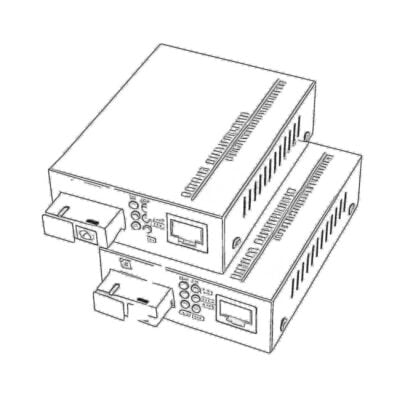 Copper to Fiber Media Converters
Copper to Fiber Media Converters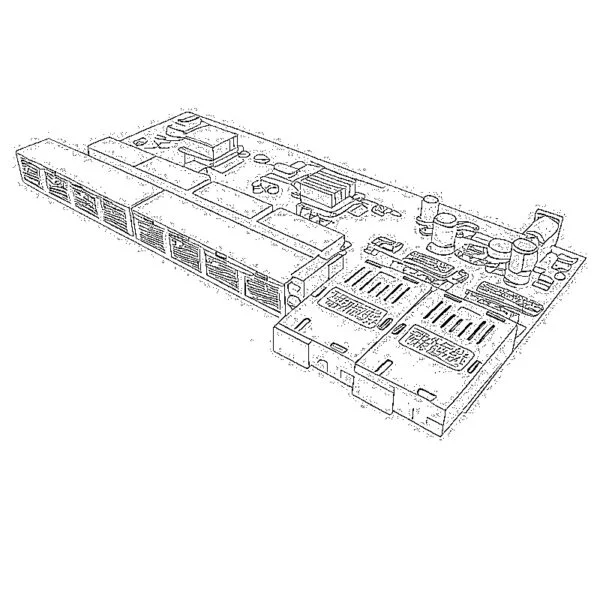 Fiber Media Converter PCBA Board
Fiber Media Converter PCBA Board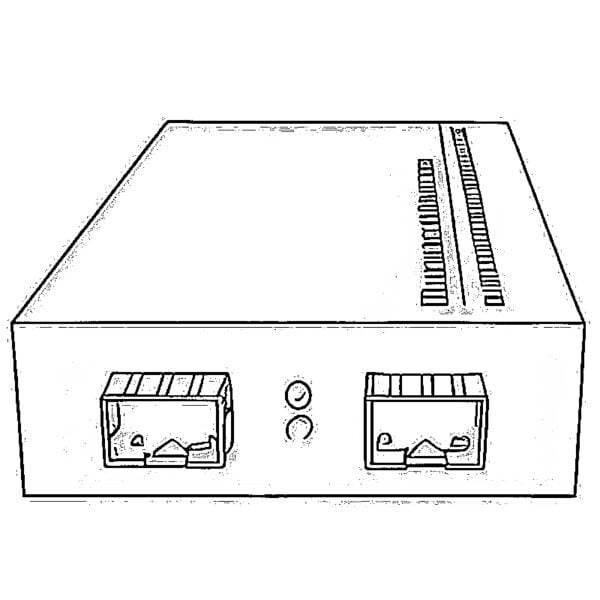 OEO Fiber Media Converters
OEO Fiber Media Converters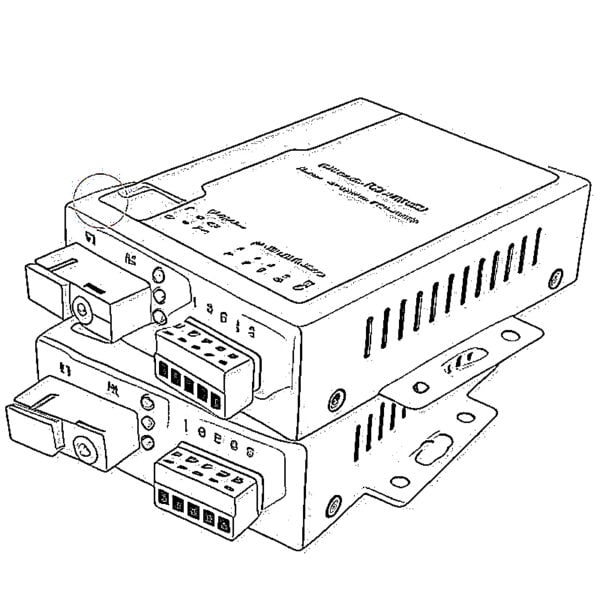 Serial to Fiber Media Converters
Serial to Fiber Media Converters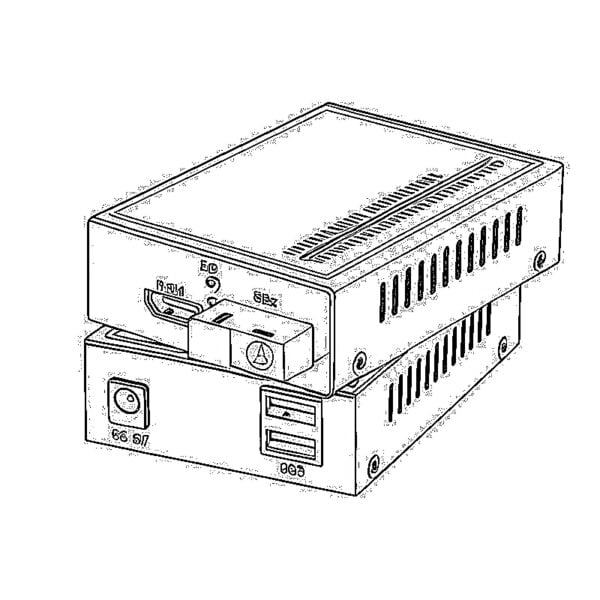 Video to Fiber Media Converters
Video to Fiber Media Converters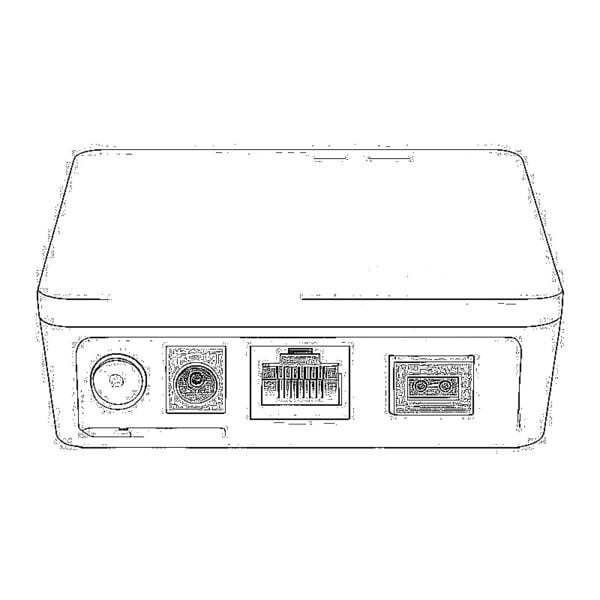 1000M GPON/EPON ONU
1000M GPON/EPON ONU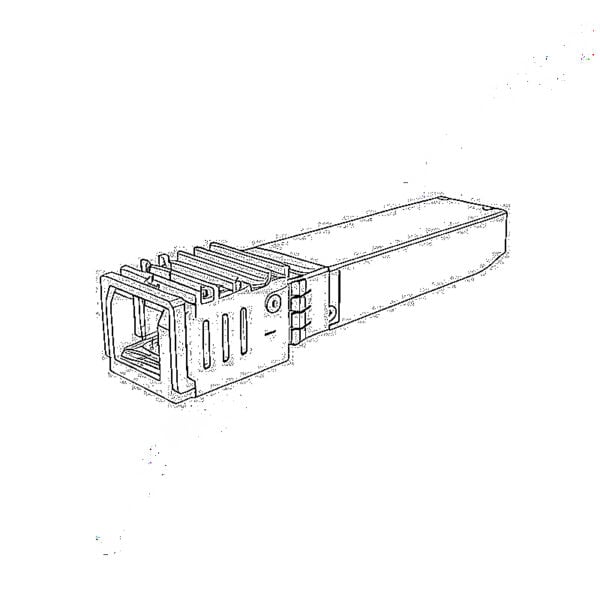 10G EPON ONU/XG-PON/XGS-PON
10G EPON ONU/XG-PON/XGS-PON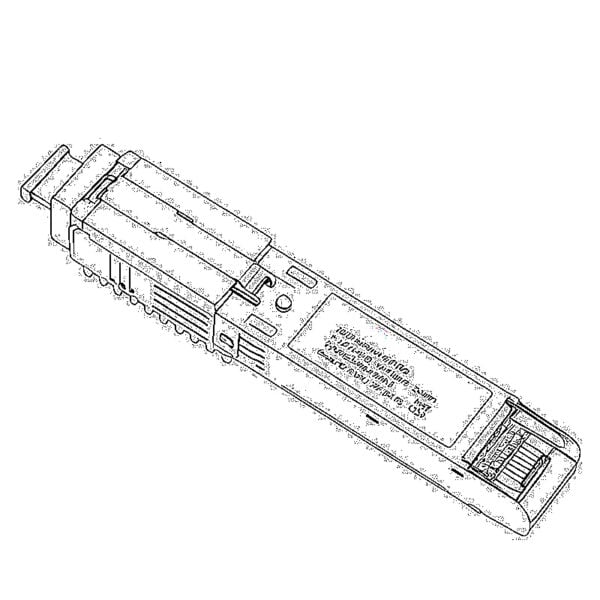 2.5G GPON/XPON STICK SFP ONU
2.5G GPON/XPON STICK SFP ONU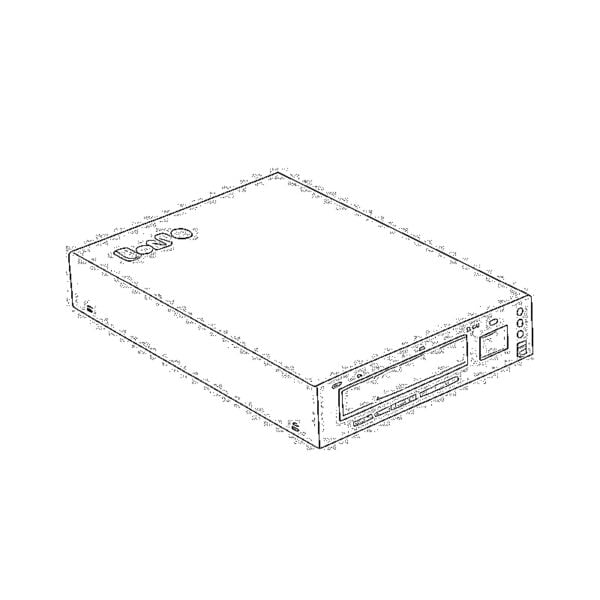 POE GPON/EPON ONU
POE GPON/EPON ONU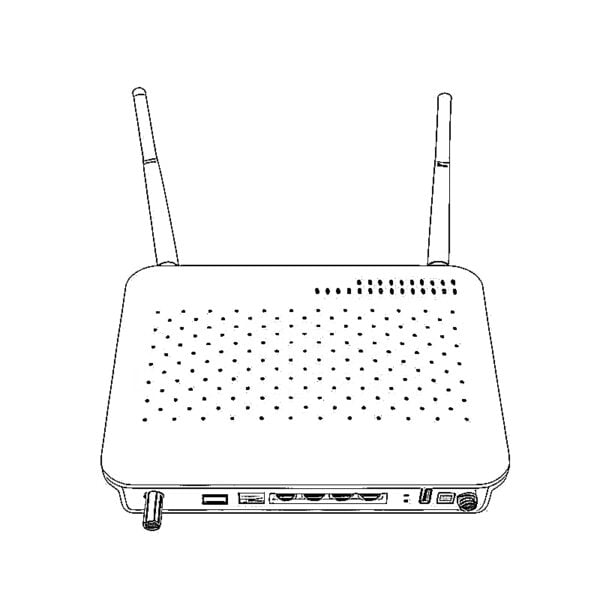 Wireless GPON/EPON ONT
Wireless GPON/EPON ONT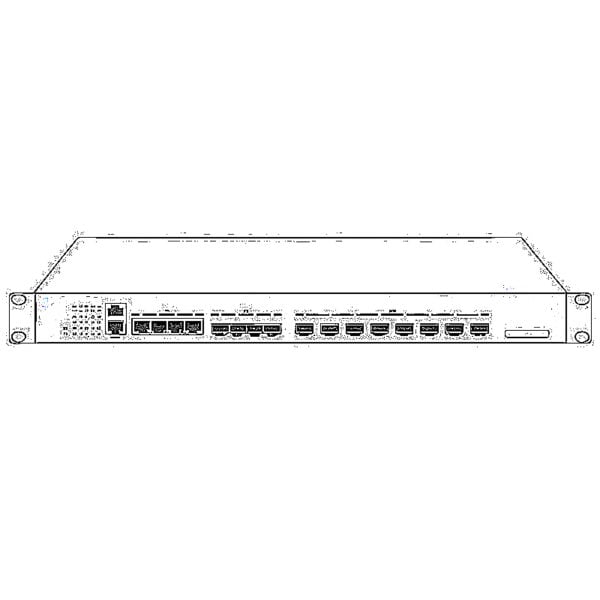 EPON OLT
EPON OLT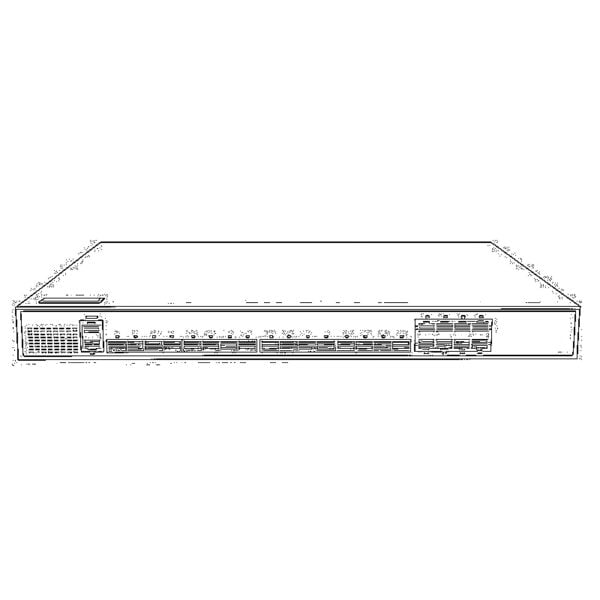 GPON OLT
GPON OLT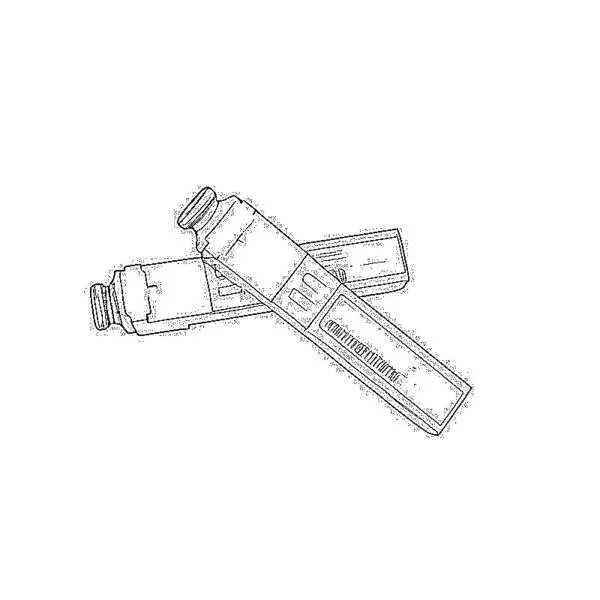 SFP PON Module
SFP PON Module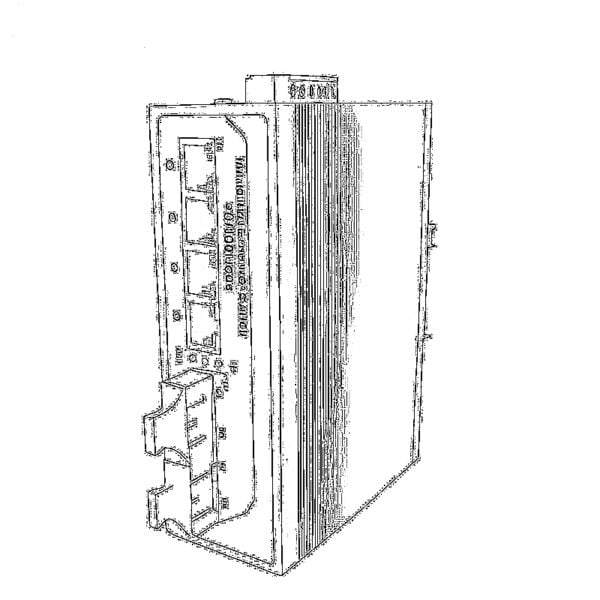 Industrial Switches
Industrial Switches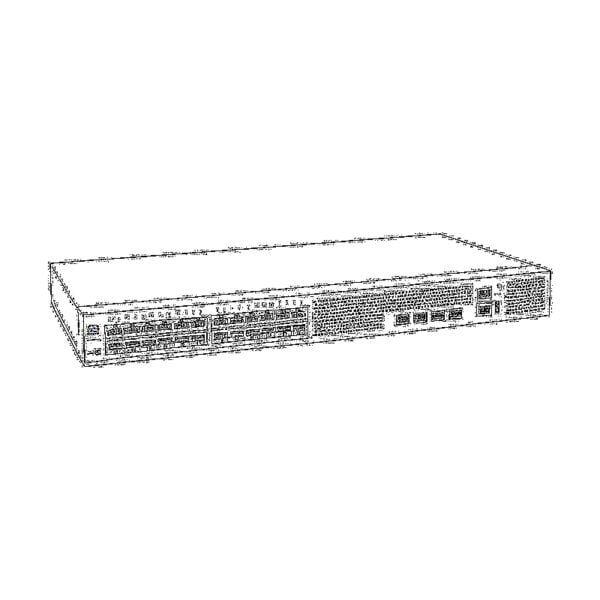 Managed Switches
Managed Switches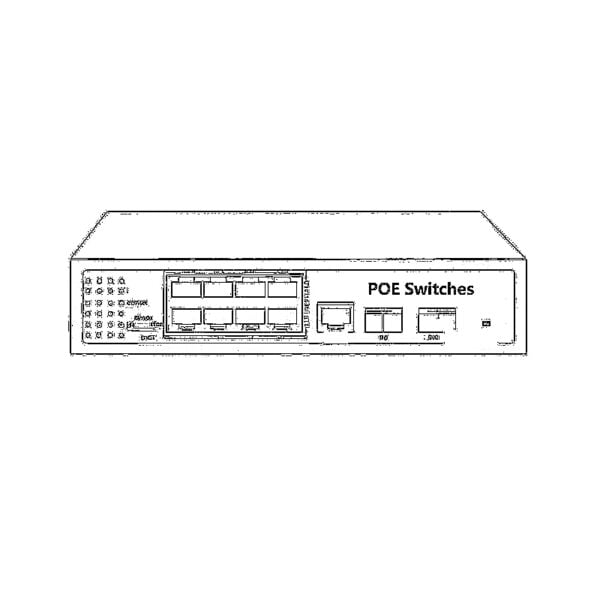 POE Switches
POE Switches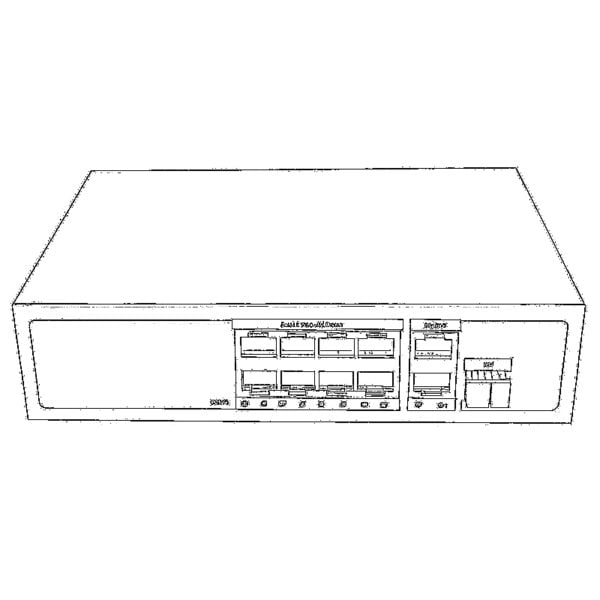 Unmanaged Switches
Unmanaged Switches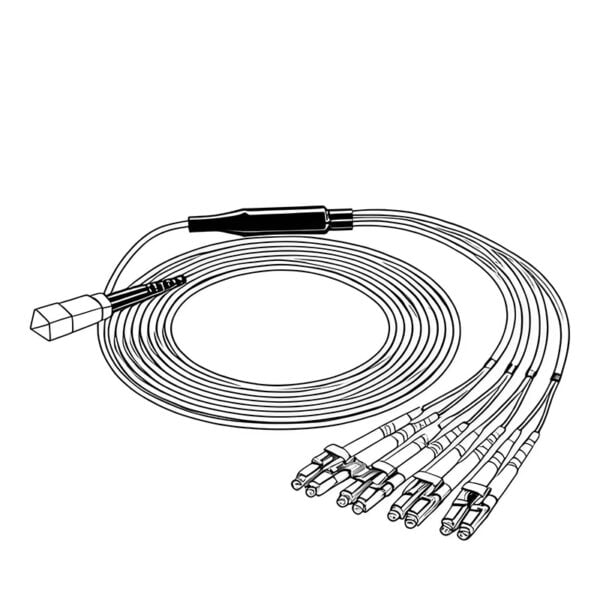 MTP/MPO Fiber Cables
MTP/MPO Fiber Cables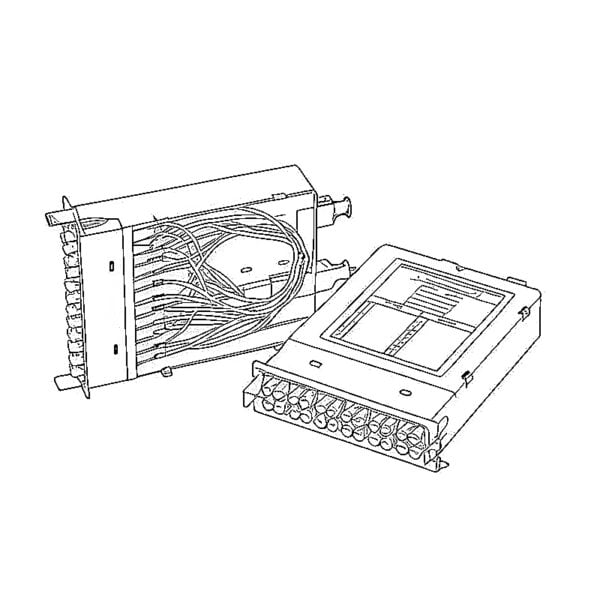 Fiber Optic Cassettes
Fiber Optic Cassettes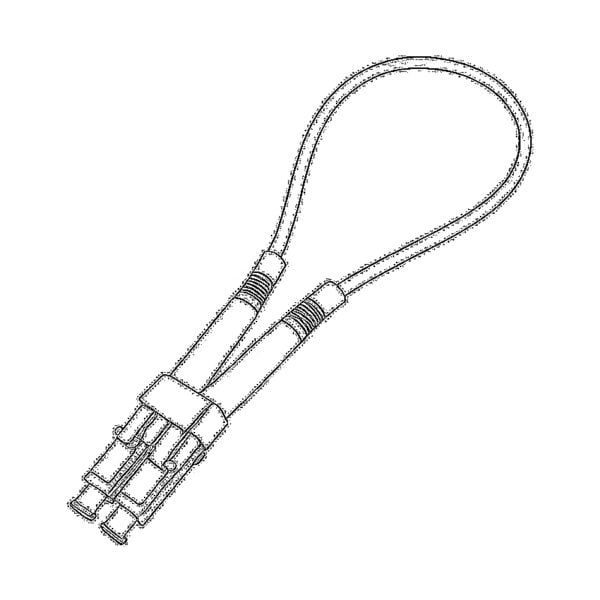 Fiber Optic Loopback
Fiber Optic Loopback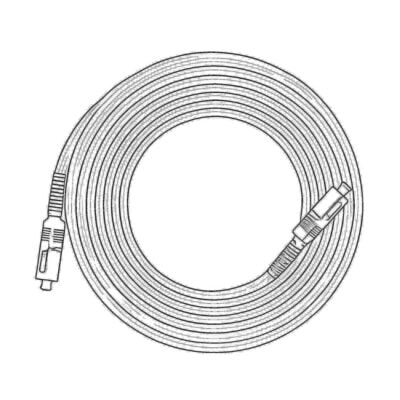 Optic Cables and Fiber Pigtails
Optic Cables and Fiber Pigtails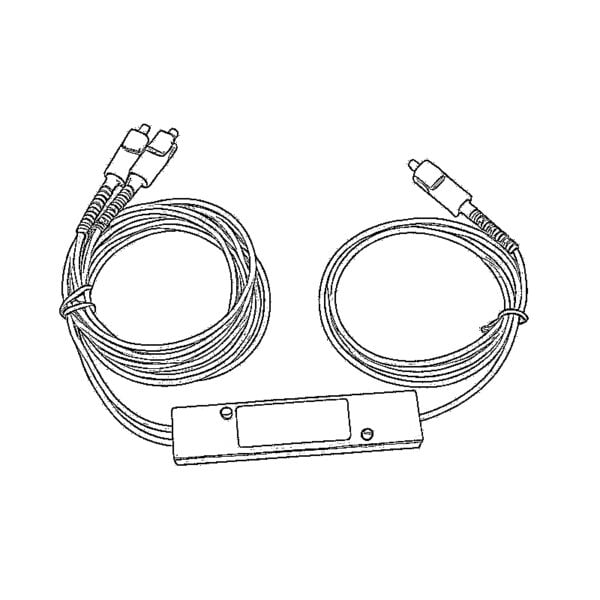 Optical Splitters and Splitter Box
Optical Splitters and Splitter Box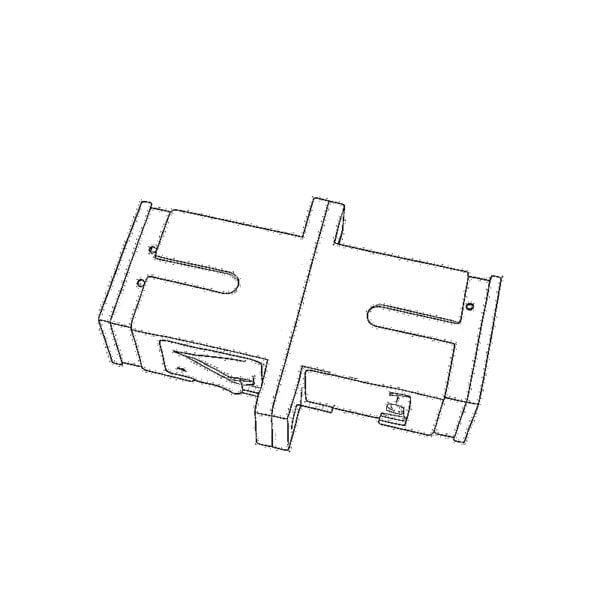 Fiber Flange Connectors
Fiber Flange Connectors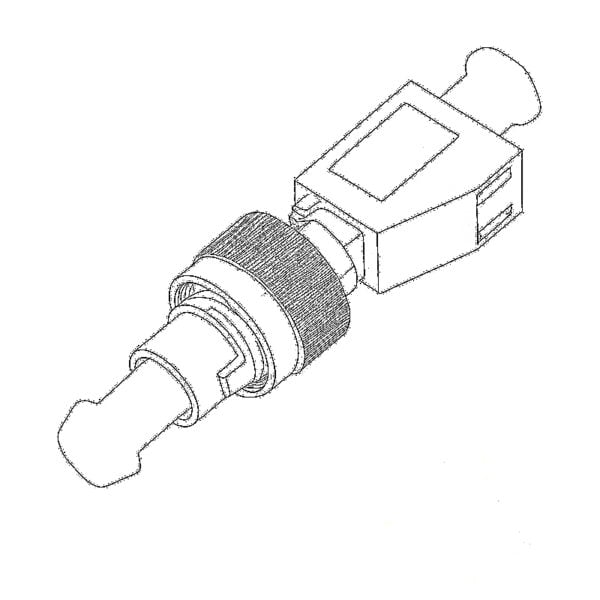 Optical Adapters
Optical Adapters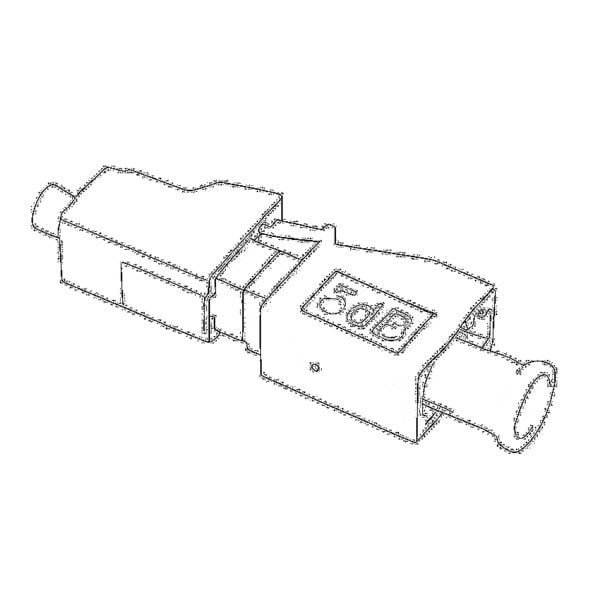 Optical Attenuator
Optical Attenuator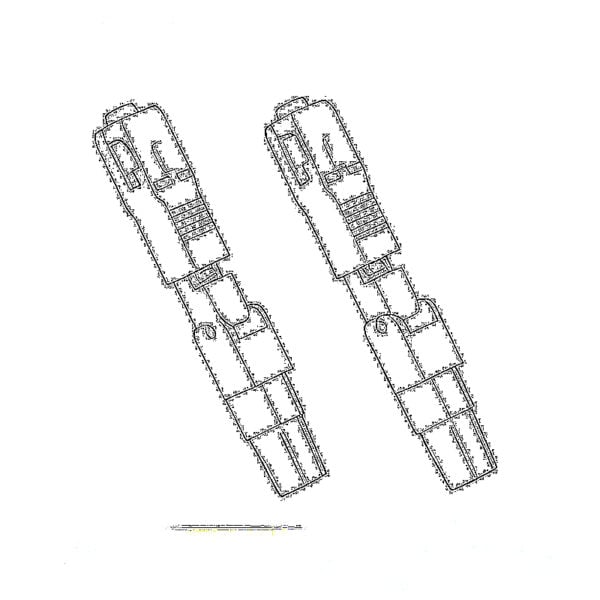 Quick Connector and Connector Panel
Quick Connector and Connector Panel CATV Amplifier
CATV Amplifier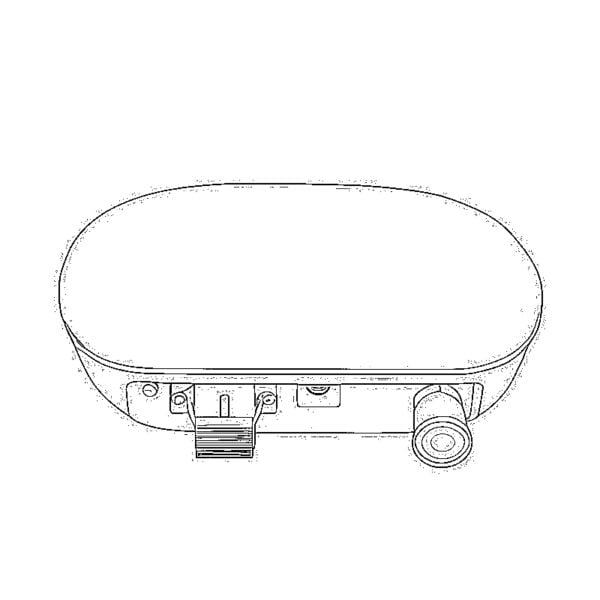 CATV Optical Receiver
CATV Optical Receiver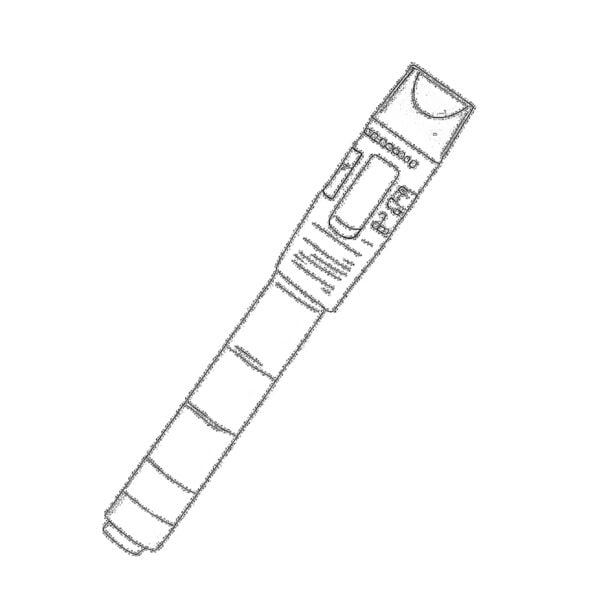 Visual Fault Locator
Visual Fault Locator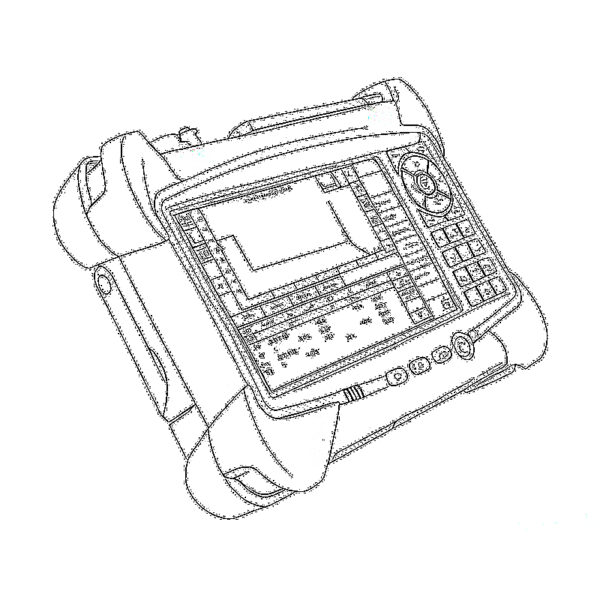 OTDR
OTDR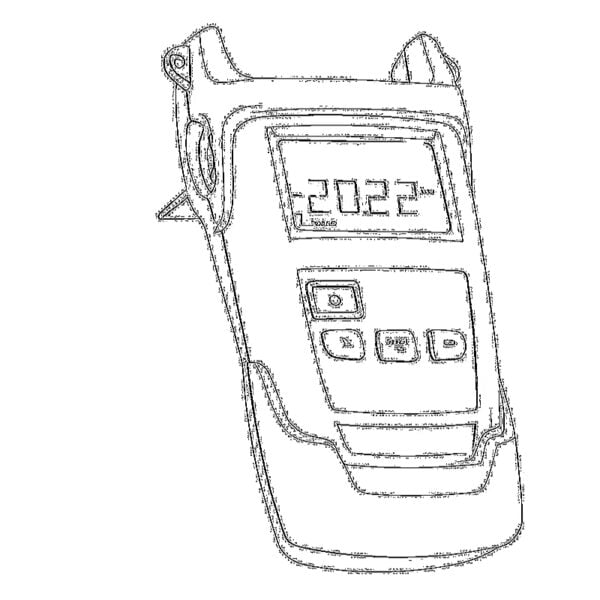 Optical Power Meter
Optical Power Meter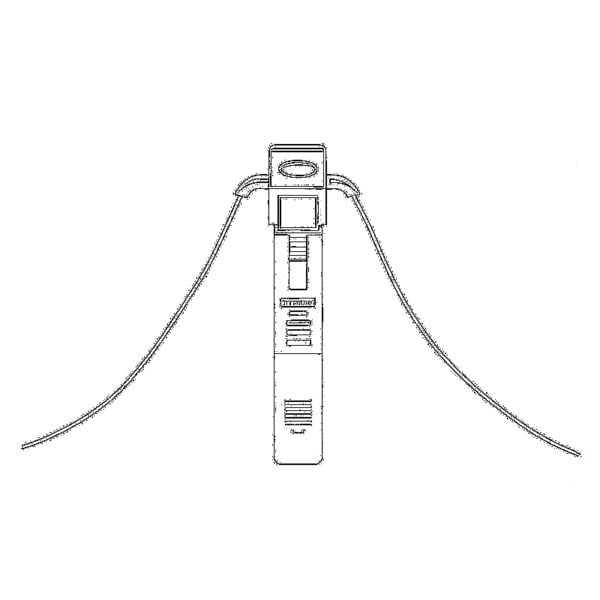 Fiber Optic Identifier
Fiber Optic Identifier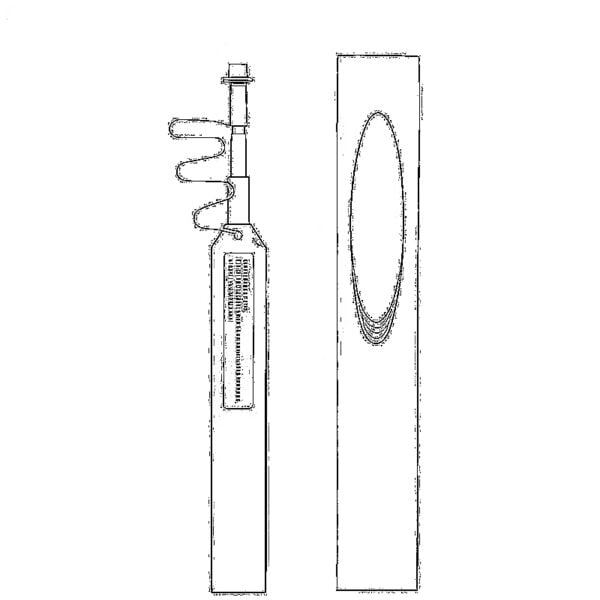 Fiber Optic Cleaners
Fiber Optic Cleaners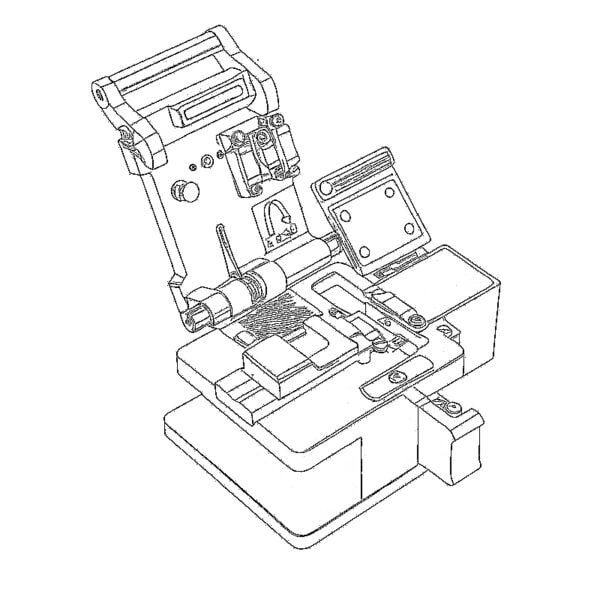 Fiber Cleavers & Fiber Strippers
Fiber Cleavers & Fiber Strippers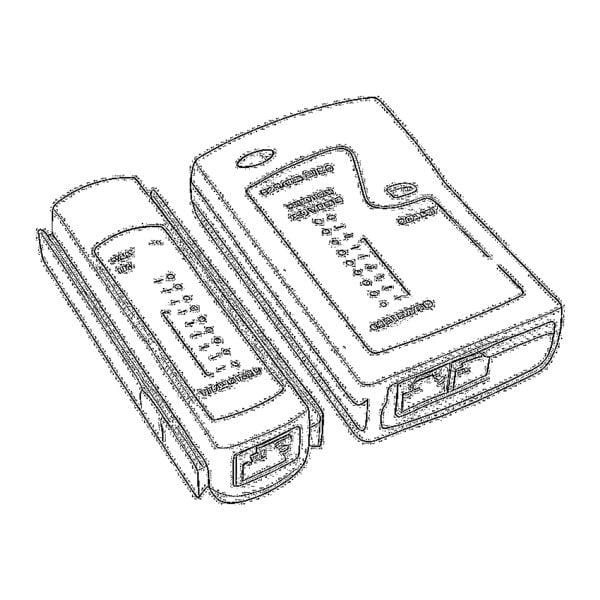 Copper Tools
Copper Tools